
Overview
In today’s technologically advanced world, accurate and efficient testing is crucial for industries relying on optical signals. Moreover, to ensure seamless operations, businesses need reliable tools to support their testing endeavors. This is where optical spectrum analyzers (OSAs) come into play. OSAs have emerged as indispensable tools, providing precise and comprehensive testing capabilities. Therefore, in this blog post, we will explore the multitude of ways in which optical spectrum analyzers can revolutionize your testing processes. Additionally, they can enhance reliability, empower you to achieve superior results, and ultimately optimize your operations. From telecommunications to research laboratories, let’s delve into the valuable applications of OSAs and discover how they can elevate your testing endeavors to new heights.
Working of an OSA
Optical spectrum analyzers (OSAs) are complex instruments that operate on the principles of diffraction and signal processing to analyze and characterize optical signals. Let use see how a Optical Spectrum Analyzer works.
1. Light Input:
The OSA receives the optical signal to be analyzed through an input port. The signal can come from various sources such as lasers, fiber optics, or other optical devices. The incoming light is guided into the OSA’s optical path for further analysis.
2. Dispersion Element:
Within the optical path of the OSA, a dispersion element, commonly a diffraction grating or an arrayed waveguide grating (AWG), is employed. The dispersion element splits the incoming light into its constituent wavelengths, creating a dispersed spectrum.
3. Detection and Measurement:
Once the light is dispersed, it subsequently falls onto a photodetector or an array of photodetectors. Consequently, these detectors meticulously measure the intensity of each individual wavelength component of the spectrum. The resulting intensity values are then converted into electrical signals, which are inherently proportional to the optical power observed at each respective wavelength.
4. Analog-to-Digital Conversion:
The electrical signals from the photodetectors are converted from analog to digital form using analog-to-digital converters (ADCs). This process enables further digital signal processing and analysis.
5. Fast Fourier Transform (FFT):
In order to convert the time-domain optical signal into the frequency domain, a fundamental mathematical algorithm known as the Fast Fourier Transform (FFT) is employed to process the digitized data. By utilizing the FFT algorithm, the discrete intensity measurements obtained at various wavelengths are transformed into a continuous spectrum. This spectrum effectively represents the distribution of power across the optical frequencies, enabling a comprehensive analysis of the signal’s frequency components.
6. Spectrum Display and Analysis:
The resulting spectrum is displayed on the OSA’s user interface, typically as a graph showing the power or intensity on the vertical axis and the corresponding wavelengths on the horizontal axis. This display allows users to visualize the spectral components of the input optical signal.
7. Additional Analysis Features:
OSAs often include advanced analysis features to further enhance the understanding of the optical signal. These features may include markers for precise wavelength measurement, peak searching algorithms, and noise floor estimation, among others. Such tools assist in accurately measuring key parameters like center wavelength, bandwidth, power levels, and signal-to-noise ratio.
8. Data Logging and Output:
Many OSAs offer data logging capabilities, allowing users to store and analyze multiple spectra over time or across different test scenarios. The collected data can be exported in various formats for further processing, reporting, or integration with other systems.
By employing these intricate processes of dispersion, detection, digitization, mathematical algorithms, and analysis tools, optical spectrum analyzers enable detailed characterization and measurement of optical signals. They provide valuable insights into signal properties, enabling researchers, engineers, and technicians to optimize system performance, troubleshoot issues, and ensure reliable communication and data transmission in diverse applications.
How to choose?
Choosing the right optical spectrum analyzer (OSA) requires careful consideration of various factors to ensure it meets your specific testing requirements. Here’s a detailed guide on how to choose the right OSA for your needs:
1. Determine Your Application:
Start by identifying the specific application or industry for which you require an OSA. Different industries, such as telecommunications, fiber optics, or research laboratories, may have unique testing needs. Understanding your application will help narrow down the selection criteria and prioritize the necessary features.
2. Wavelength Range:
Consider the wavelength range required for your application. OSAs are available in different wavelength ranges, from visible light to the infrared or ultraviolet spectrum. Ensure the OSA you choose covers the desired wavelength range relevant to your testing needs.
3. Resolution and Accuracy:
Resolution refers to the smallest detectable wavelength increment by the OSA. Higher resolution allows for more precise identification of closely spaced spectral features. Accuracy is essential for reliable measurements. Choose an OSA with appropriate resolution and accuracy to meet the specific requirements of your application.
4. Dynamic Range:
The dynamic range of an OSA determines its ability to measure signals with a wide range of power levels accurately. Consider the power levels of the signals you will be measuring and ensure the OSA has a dynamic range that accommodates those power levels without saturation or signal loss.
5. Sensitivity:
Sensitivity is crucial for detecting weak signals accurately. It determines the minimum detectable power level that the OSA can reliably measure. Choose an OSA with high sensitivity if your application involves analyzing low-power signals or requires the detection of small changes in signal power.
6. Sweep Speed:
The sweep speed of an OSA is a crucial factor to consider, as it determines the rate at which the instrument can scan the spectrum and gather data. Opting for faster sweep speeds offers distinct advantages, especially when conducting time-sensitive measurements or testing a substantial number of devices. It allows for expedited data acquisition and enables more efficient testing workflows. Consequently, carefully evaluate the sweep speed requirements specific to your application to ensure optimal testing efficiency and timely results.
7. Optical Input/Output:
Evaluate the optical input and output options provided by the OSA. Check if it has the necessary connectors, such as FC, SC, or LC, to interface with your optical devices or fiber optic cables. Additionally, consider whether the OSA offers multiple input channels or polarization control, if needed for your application.
8. User Interface and Software:
A user-friendly interface and intuitive software can greatly enhance your experience with the OSA. Consider the ease of use, availability of features like data logging, customizable settings, and compatibility with your data analysis tools. A well-designed user interface and software can streamline your testing workflows and data analysis processes.
9. Reliability and Support:
When selecting an OSA, it is essential to choose a product from a reputable manufacturer renowned for their commitment to producing high-quality instruments. Prioritize manufacturers who offer comprehensive warranties, as well as reliable after-sales support and technical assistance. Additionally, take into account the manufacturer’s track record in delivering exceptional products and their responsiveness to customer needs. Conduct thorough research, including reviewing customer feedback, to gauge the overall satisfaction with the manufacturer’s products and services. By considering these factors, you can make an informed decision and choose an OSA that not only meets your testing requirements but also ensures long-term reliability and dependable support.
10. Cost Considerations:
Lastly, consider your budget constraints. Evaluate the features and capabilities offered by different OSAs and compare their prices. Balance your requirements with the available budget to choose the OSA that offers the best value for your investment.
Buy new or used Optical Spectrum Analyzer today!
Calibrating OSA
Calibrating an optical spectrum analyzer (OSA) is an essential step to ensure accurate and reliable measurements. The calibration process typically involves aligning the instrument’s internal components, verifying its measurement accuracy, and adjusting any offsets or systematic errors. Here is a general overview of the steps involved in calibrating an OSA:
- Consult the Manual: Start by consulting the user manual or calibration procedure provided by the OSA manufacturer. The manual will provide specific instructions and guidelines for calibrating your particular model of OSA.
- Warm-up Period: Allow the OSA to warm up for the recommended period to stabilize its internal components and ensure consistent measurements.
- Check External Connections: Verify that all external connections, such as optical fibers or input/output cables, are properly connected and in good condition. Ensure there are no loose connections or excessive bending that could affect measurement accuracy.
- Zero Calibration: Perform a zero calibration to establish the baseline measurement level. This process involves disconnecting any input optical signal or setting the OSA to a known reference level. Follow the manufacturer’s instructions for zero calibration.
Send your Optical Spectrum Analyzer for Calibration today!
Wavelength Calibration:
Calibrate the OSA’s wavelength scale to ensure accurate measurement of different wavelengths. This typically involves using known wavelength references, such as calibration sources or calibrated fiber Bragg gratings, to set the correct wavelength values on the OSA’s display.

- Amplitude Calibration: Calibrate the OSA’s amplitude scale to ensure accurate power or intensity measurements. This is typically done using calibrated power meters or reference sources to establish accurate power levels at different measurement points.
- Linearity Calibration: Verify the linearity of the OSA’s response across its measurement range. This can be done by using calibrated optical attenuators to attenuate a known input signal to different power levels and comparing the OSA’s measurements with the expected values.
- Noise Floor Calibration: Measure and calibrate the noise floor of the OSA. This involves blocking or attenuating the input signal to measure the inherent noise level of the instrument. Compare the measured noise floor with the manufacturer’s specifications.
- Repeatable Measurements: Perform repeatable measurements on known reference signals to ensure consistency and stability. Compare the measured values with the known references to verify accuracy.
- Documentation: Keep detailed records of the calibration process, including any adjustments made, reference values used, and measurement results. This documentation serves as a reference for future comparisons and troubleshooting.
Companies for OSA’s
Keysight Technologies:
Keysight Technologies, as a leading provider of electronic measurement solutions, offers a diverse range of OSAs. Their OSAs stand out for their high-resolution capabilities, wide wavelength coverage, and advanced analysis features. Notably, Keysight’s OSAs are renowned for their accuracy, reliability, and seamless compatibility with various testing environments. Additionally, Keysight differentiates itself through its extensive industry experience, comprehensive support services, and an expansive portfolio of complementary test and measurement instruments.
Yokogawa Electric Corporation:
Yokogawa, a renowned global company with expertise in test and measurement solutions, provides a wide range of OSAs tailored for diverse applications. These applications span across telecommunications, research, and manufacturing sectors. Yokogawa’s OSAs are highly regarded for their exceptional performance, enabling high-speed measurements and boasting advanced analysis capabilities. Notably, Yokogawa differentiates itself by seamlessly integrating innovative features into their OSAs. These features include polarization analysis, high dynamic range capabilities, and the flexibility of multi-input/output options.
Anritsu Corporation:
Anritsu is a leading provider of communication test and measurement solutions, including OSAs. Their OSAs are designed for applications in fiber optics, telecommunications, and R&D. Anritsu’s OSAs are characterized by their high accuracy, excellent wavelength resolution, and advanced features such as automatic alignment and signal conditioning. They differentiate themselves by offering OSAs with compact form factors, user-friendly interfaces, and seamless integration with their broader test and measurement product portfolio.
Tektronix:
Tektronix, a well-established company renowned for its comprehensive range of test and measurement instruments, also offers OSAs tailored for various applications in optical communications, research, and manufacturing. Tektronix’s OSAs excel in providing high resolution, accuracy, and swift measurements. However, what sets Tektronix apart is its emphasis on software-defined solutions. They prioritize offering flexible platforms that can seamlessly adapt to evolving testing requirements. Moreover, Tektronix empowers users by supporting customization through application-specific modules, allowing for a more tailored and efficient testing experience.
EXFO Inc.:
EXFO specializes in fiber optic testing and measurement solutions, including OSAs. Their OSAs cater to telecommunications, data centers, and network equipment manufacturers. EXFO’s OSAs offer high-resolution measurements, fast acquisition rates, and advanced analysis capabilities. They differentiate themselves through their focus on innovative technologies, such as integrated testing platforms, real-time monitoring solutions, and automation features that enable efficient testing and network optimization.
Agilent Technologies (now part of Keysight):
Agilent Technologies, now part of Keysight Technologies, boasts a formidable presence in the test and measurement industry. Within their product lineup, they offer OSAs featuring a broad wavelength range, impressive resolution, and advanced analysis capabilities. Notably, Agilent’s OSAs have garnered a reputation for their unwavering reliability, exceptional accuracy, and seamless compatibility with other Agilent instruments. This compatibility facilitates effortless integration into various test setups, enhancing overall efficiency and productivity.
It’s crucial to emphasize that the calibration process may differ depending on the specific model and manufacturer of the OSA. Therefore, it is always prudent to refer to the manufacturer’s documentation and meticulously adhere to their recommended calibration procedures. By doing so, you can ensure the utmost precision and reliability in your calibration results, ultimately achieving the highest levels of accuracy in your measurements.


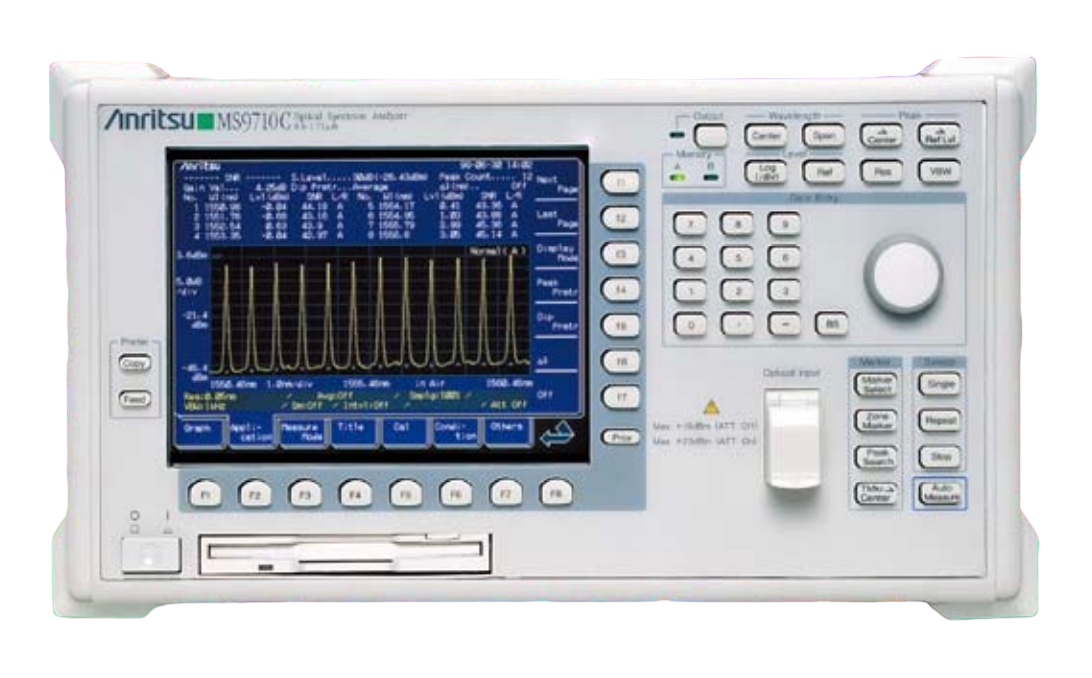 Spectrum Analyzers
Spectrum Analyzers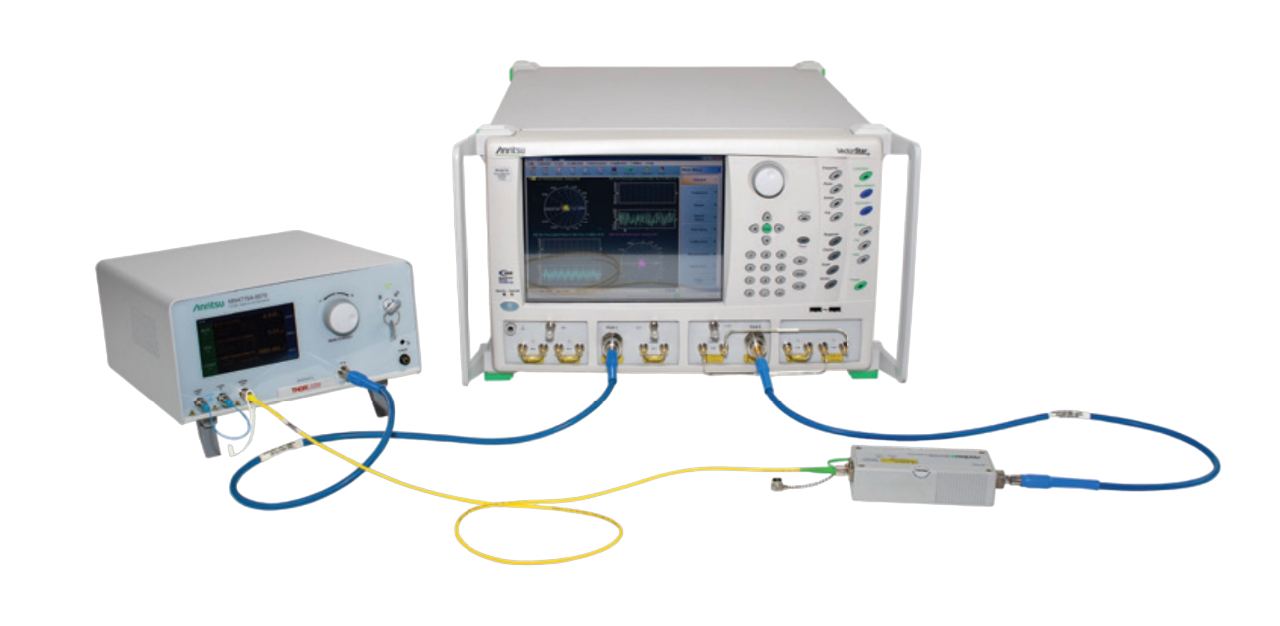 Network Analyzers
Network Analyzers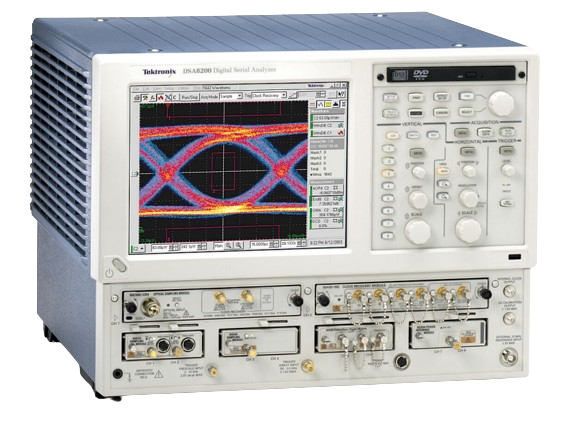 Signal Analyzers
Signal Analyzers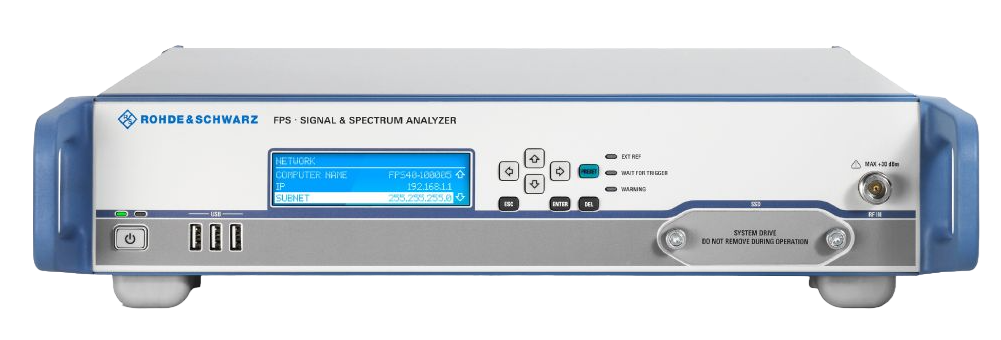 Logic Analyzers
Logic Analyzers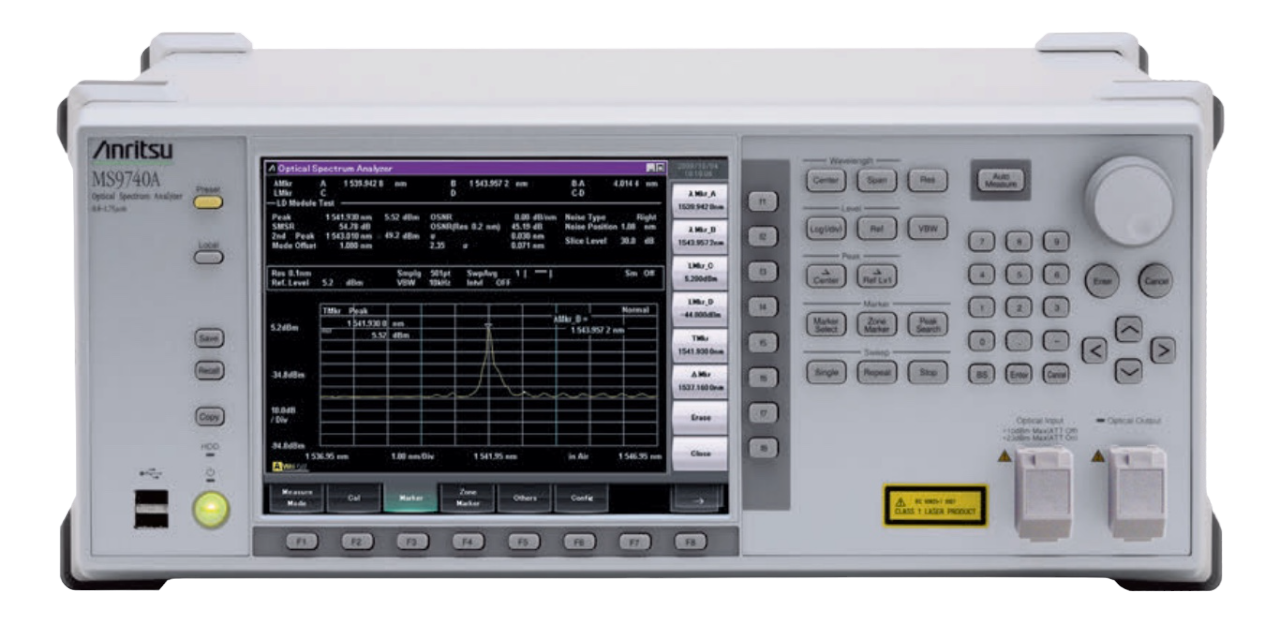 Optical Spectrum Analyzers
Optical Spectrum Analyzers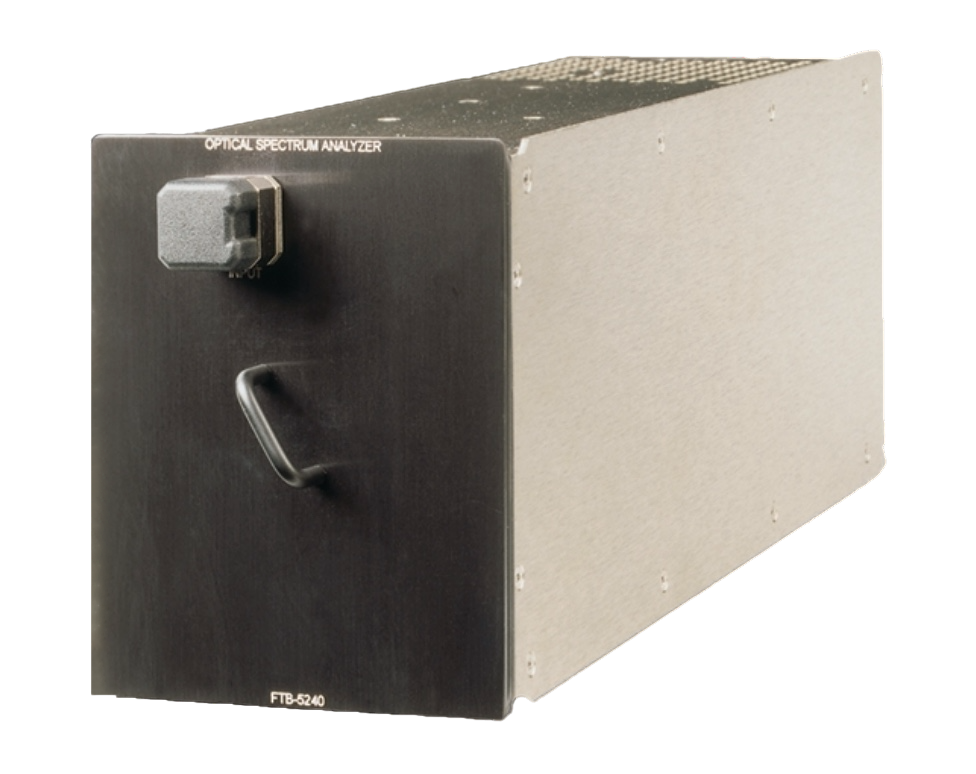 Other Analyzers
Other Analyzers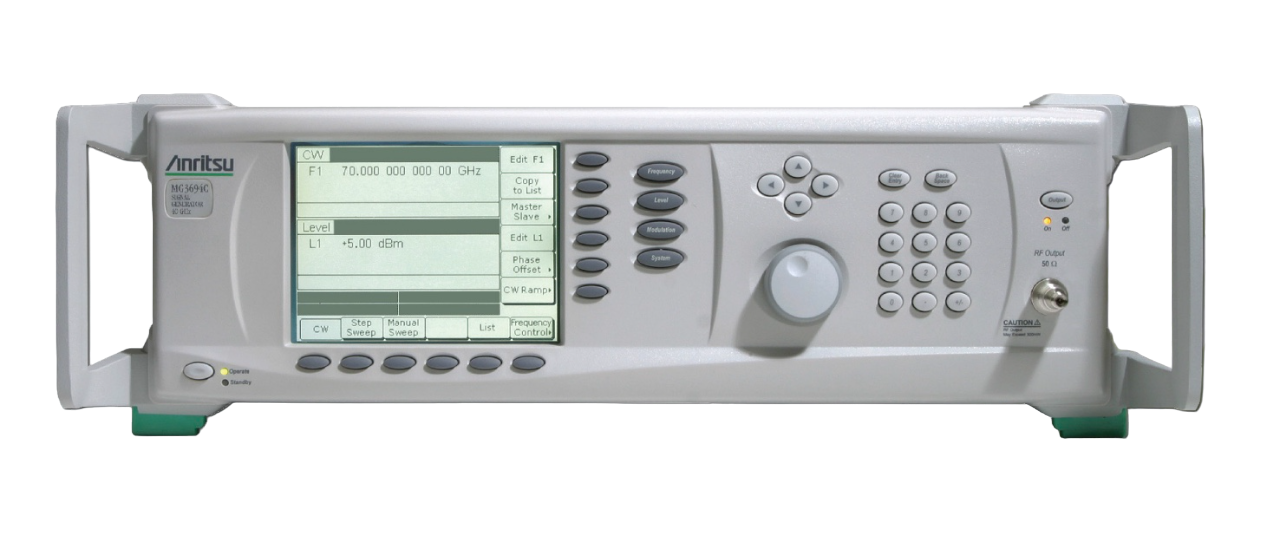 Signal Generator
Signal Generator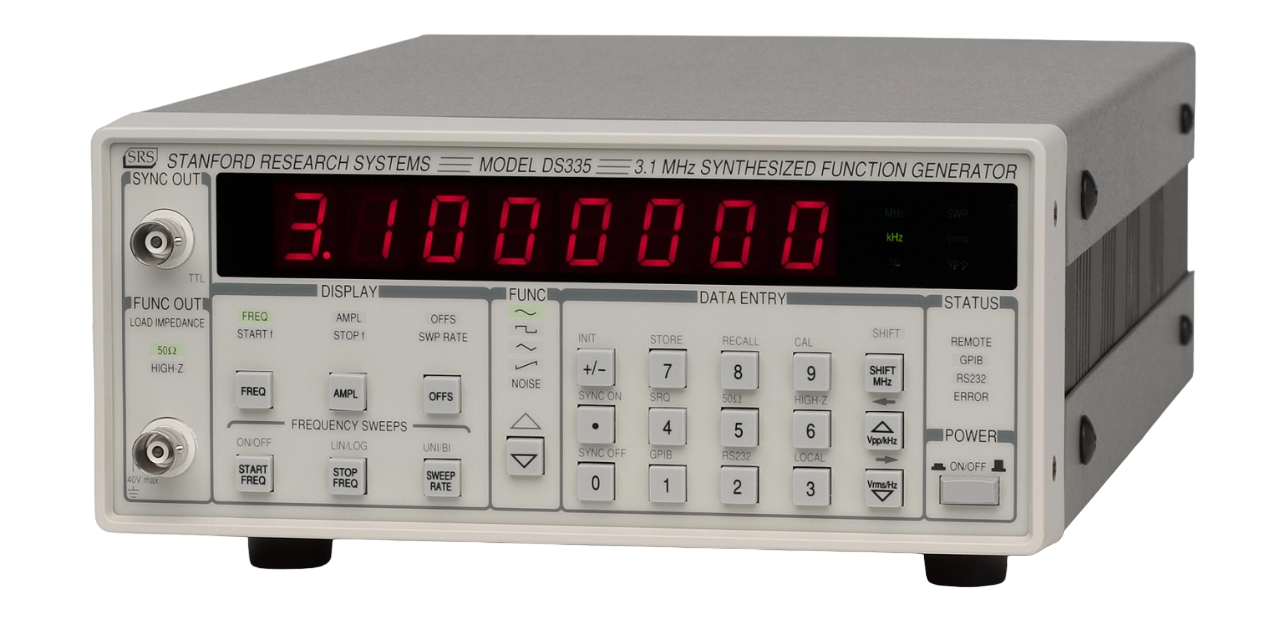 Function Generator
Function Generator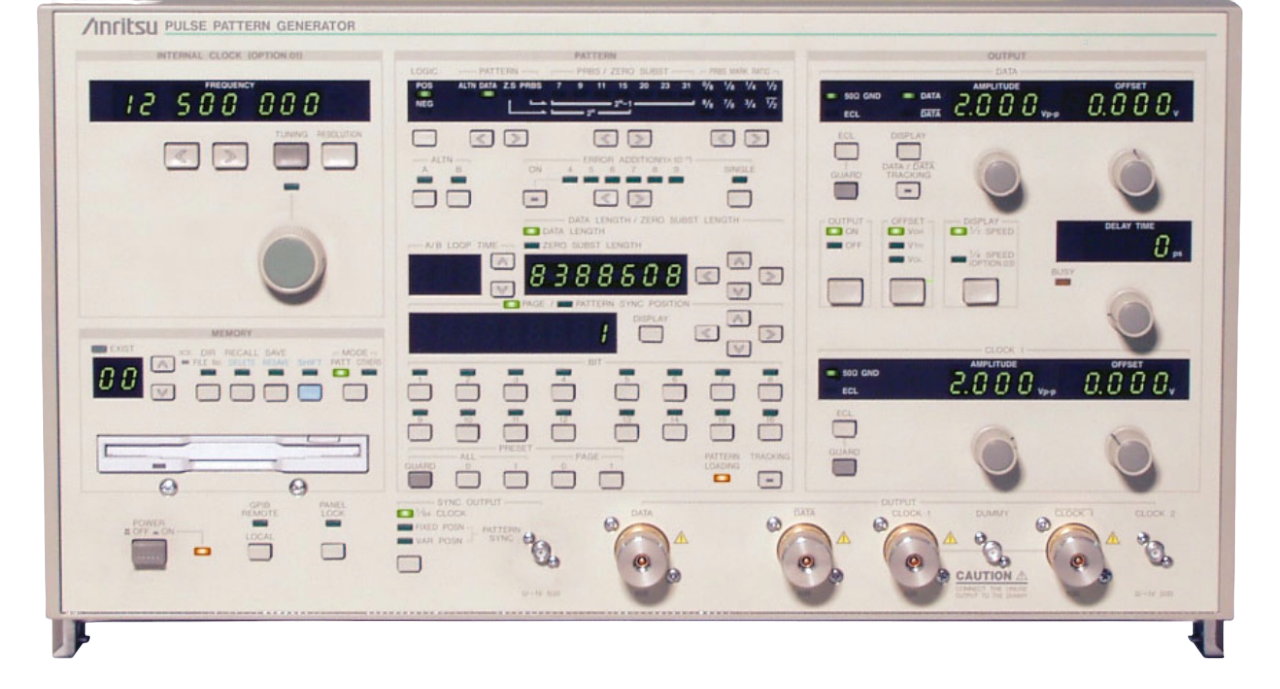 Pulse / Pattern Generator
Pulse / Pattern Generator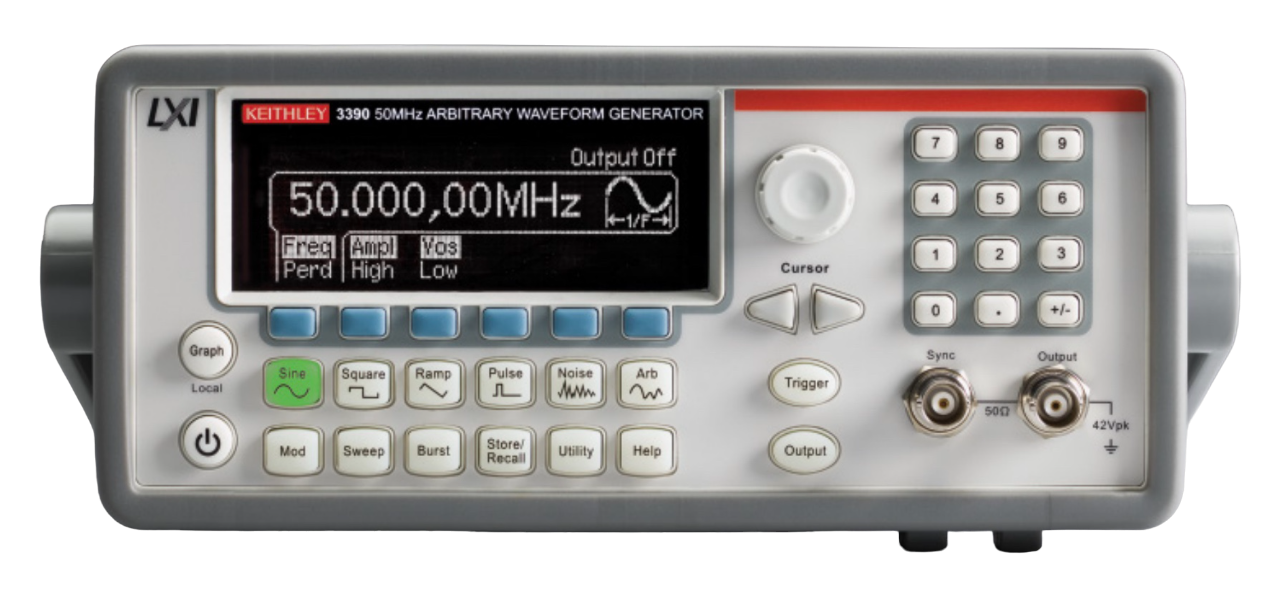 Waveform Generator
Waveform Generator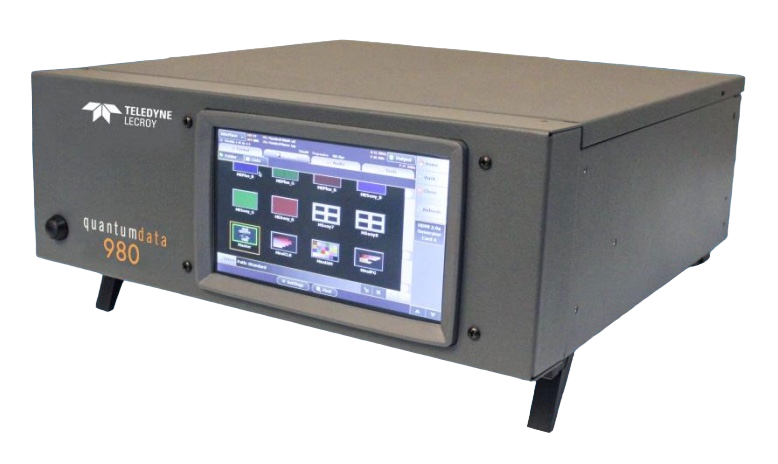 Other Generators
Other Generators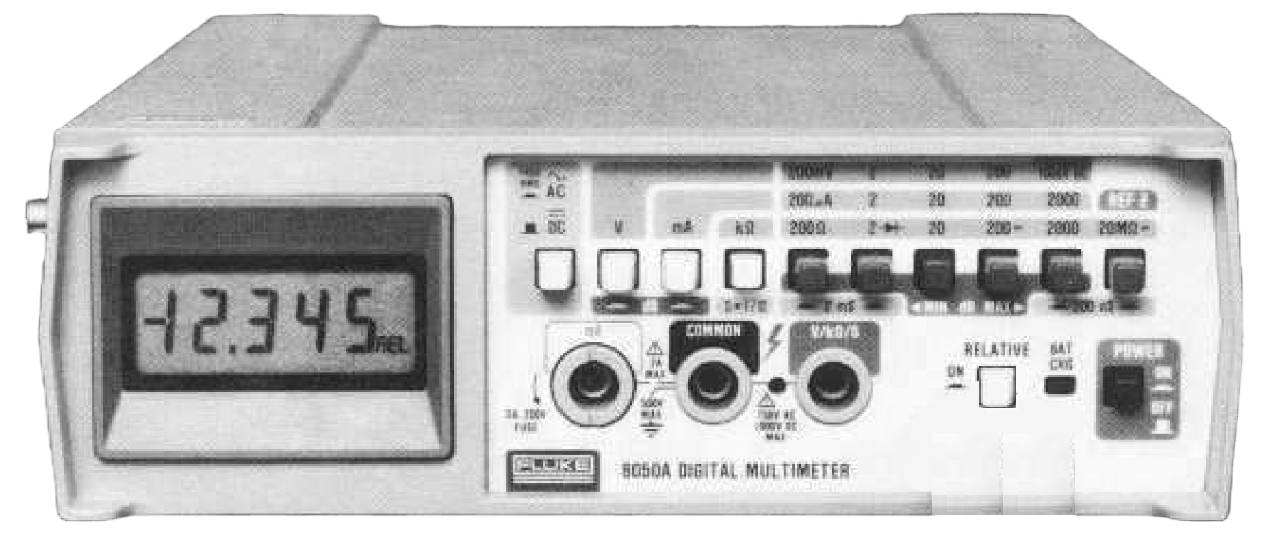 Digital Multimeter
Digital Multimeter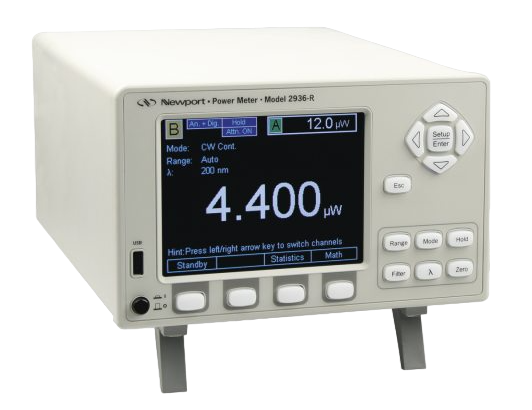 Power Meter
Power Meter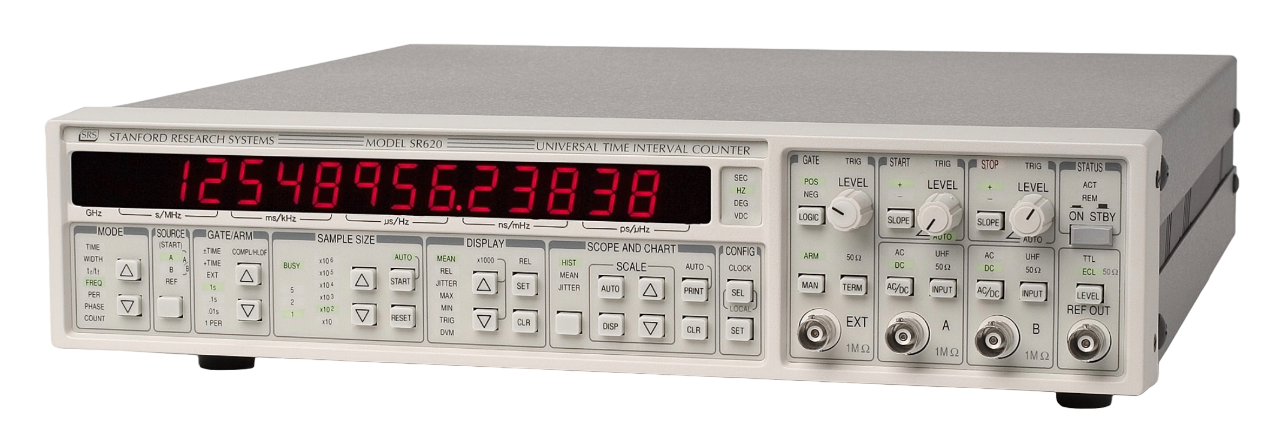 Frequency Counters
Frequency Counters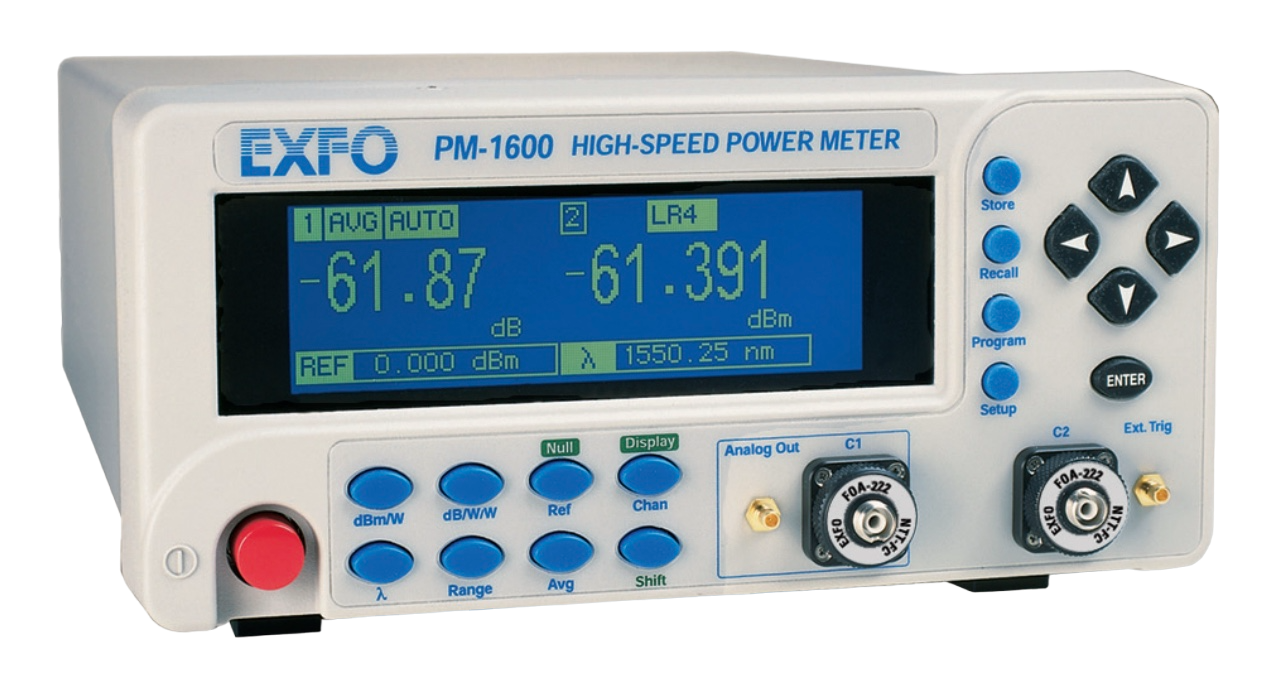 Optical Power Meter
Optical Power Meter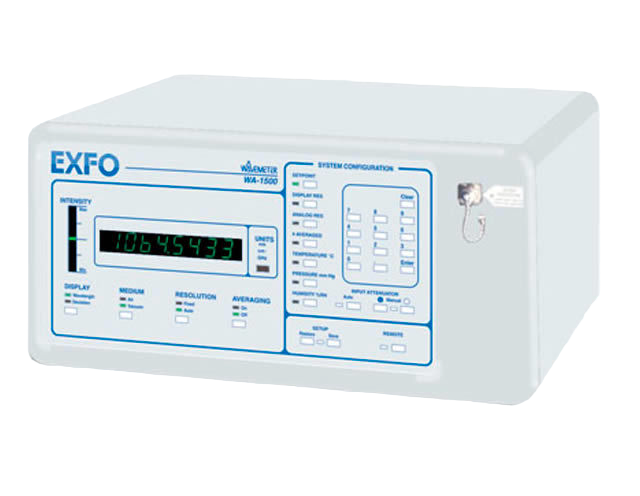 Wavelength Meter
Wavelength Meter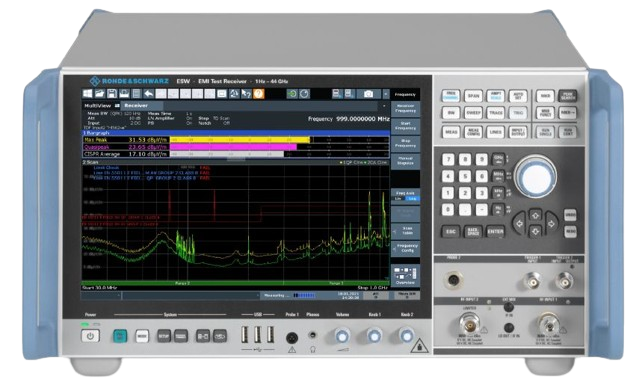 Receiver
Receiver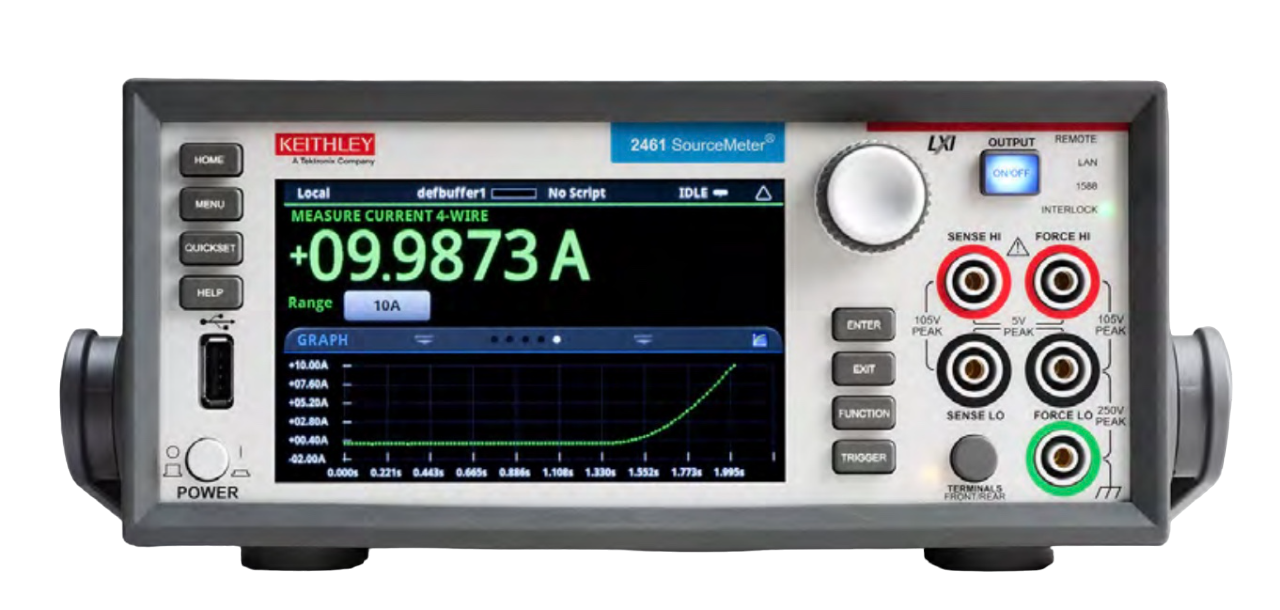 Current/Power Source Meter
Current/Power Source Meter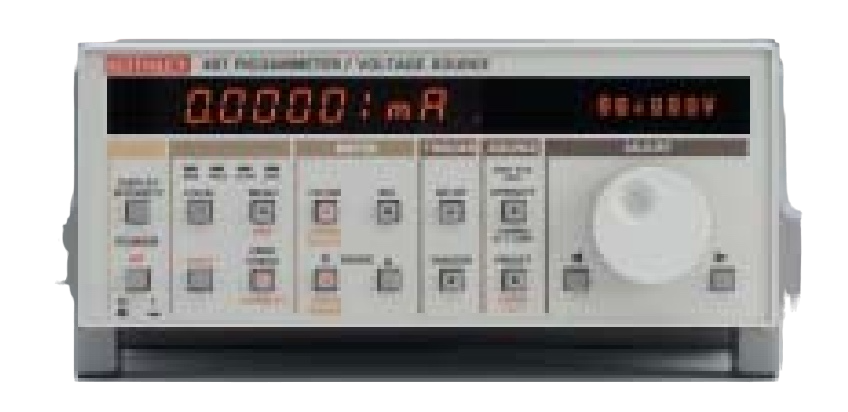 Picoammeter
Picoammeter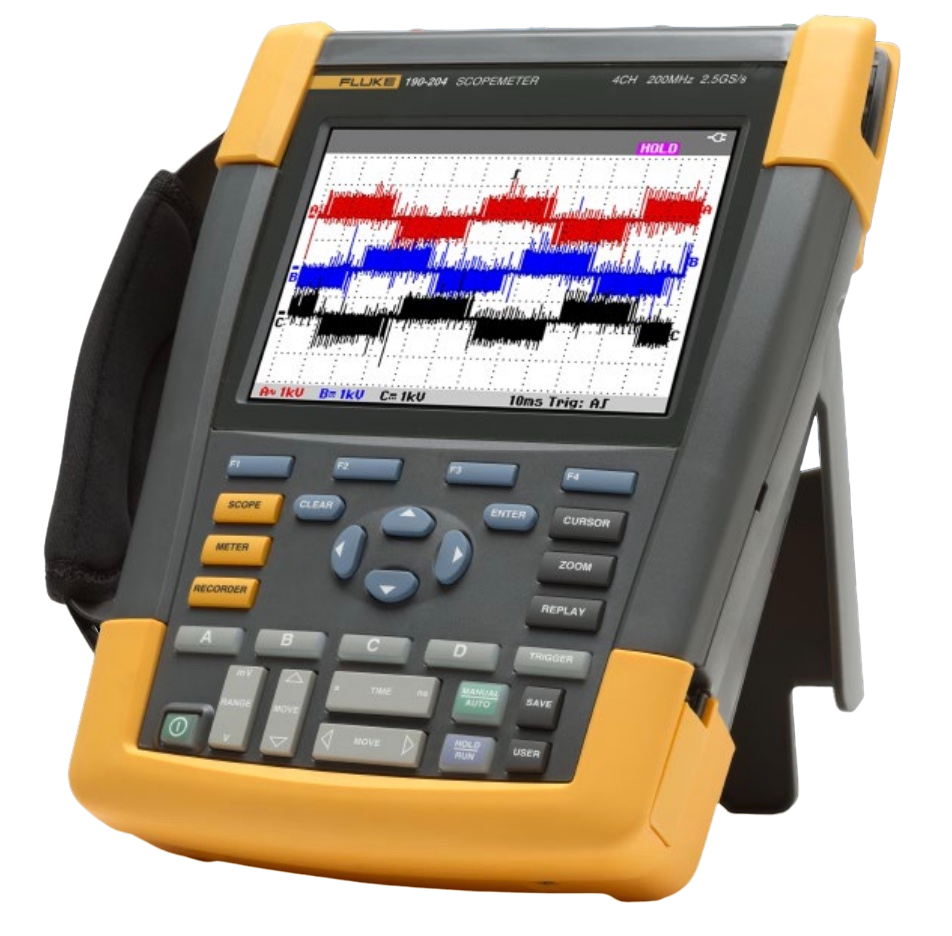 Other Meters
Other Meters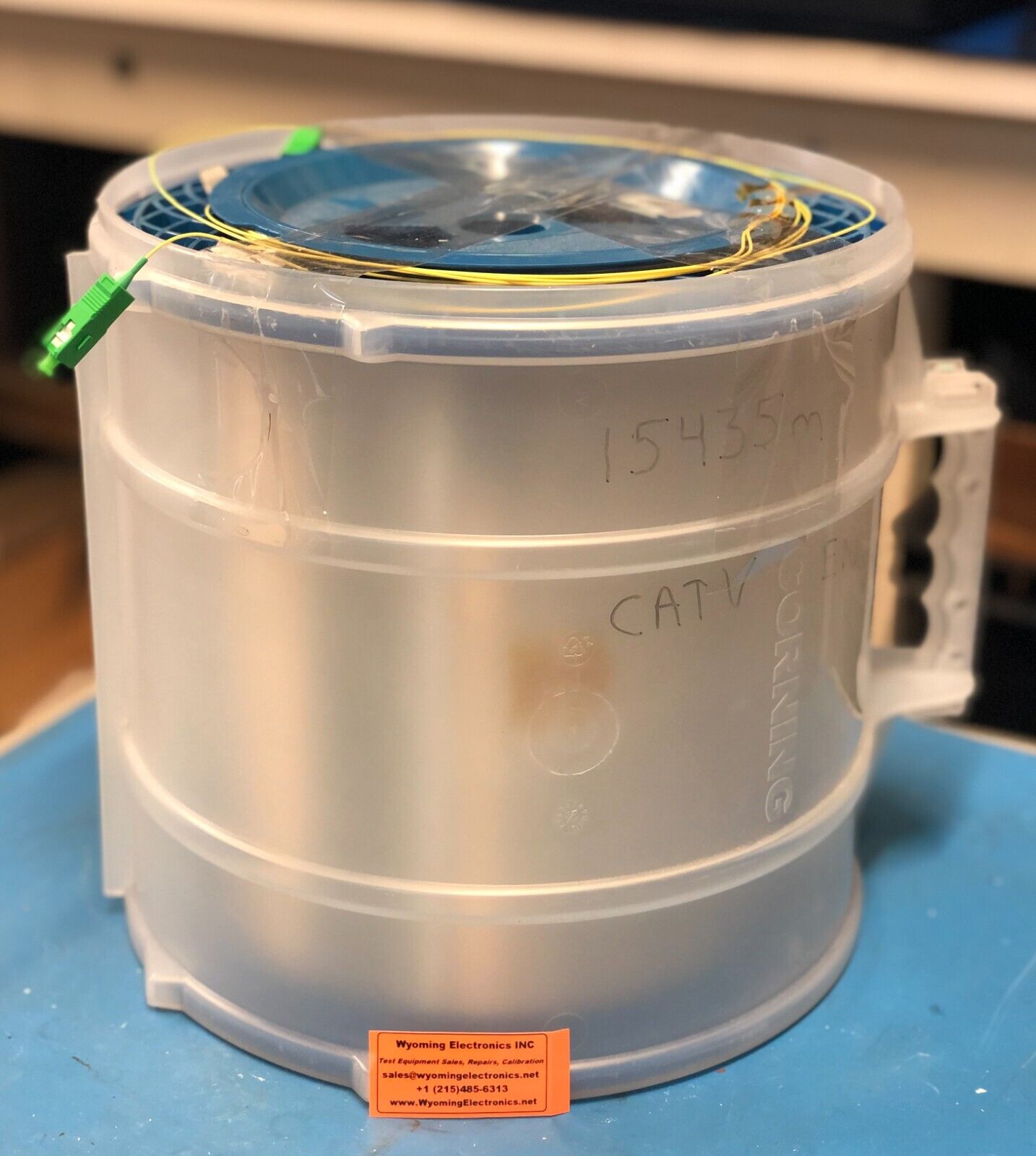 Optical Fiber
Optical Fiber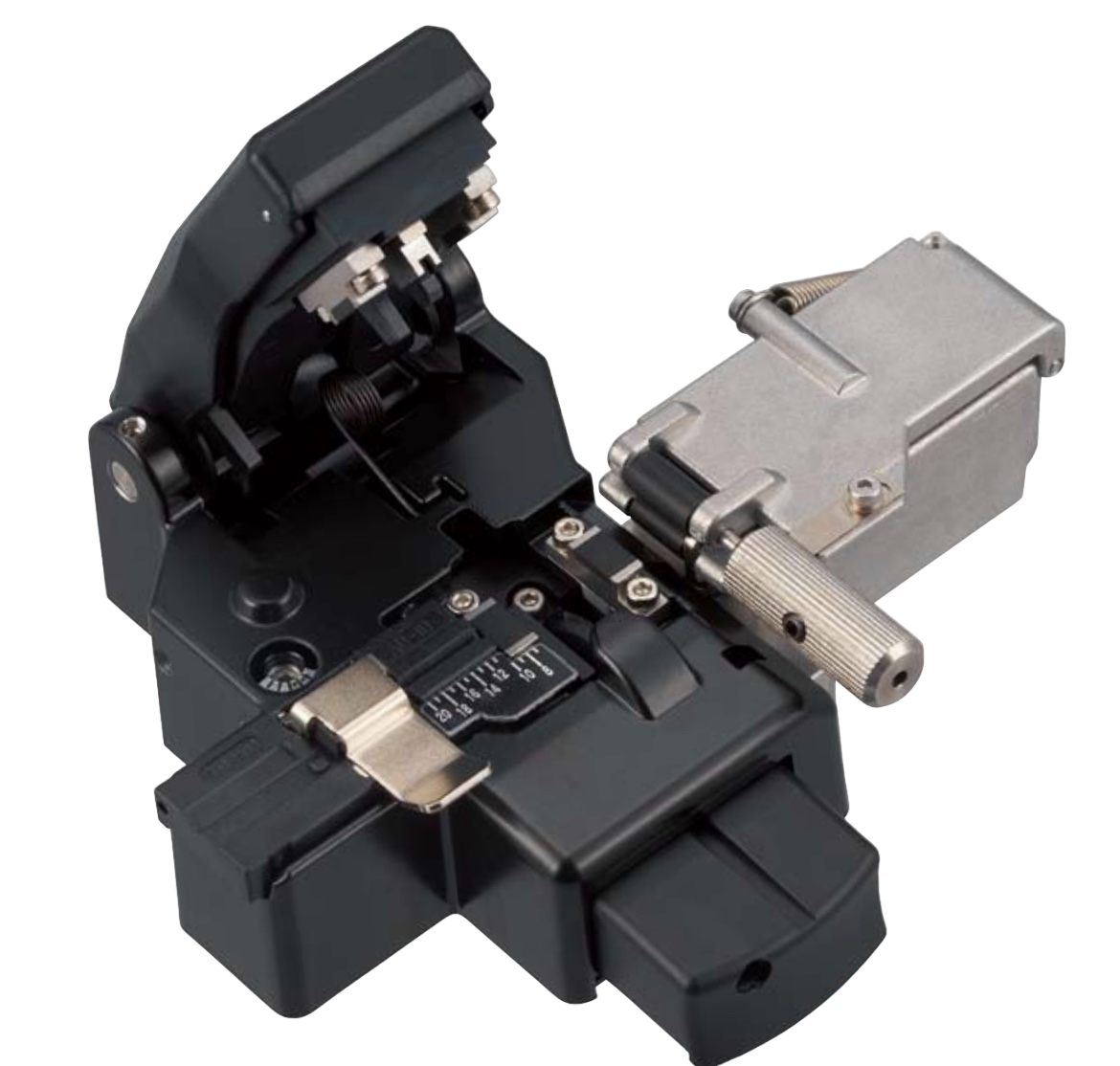 Fiber Cleaver
Fiber Cleaver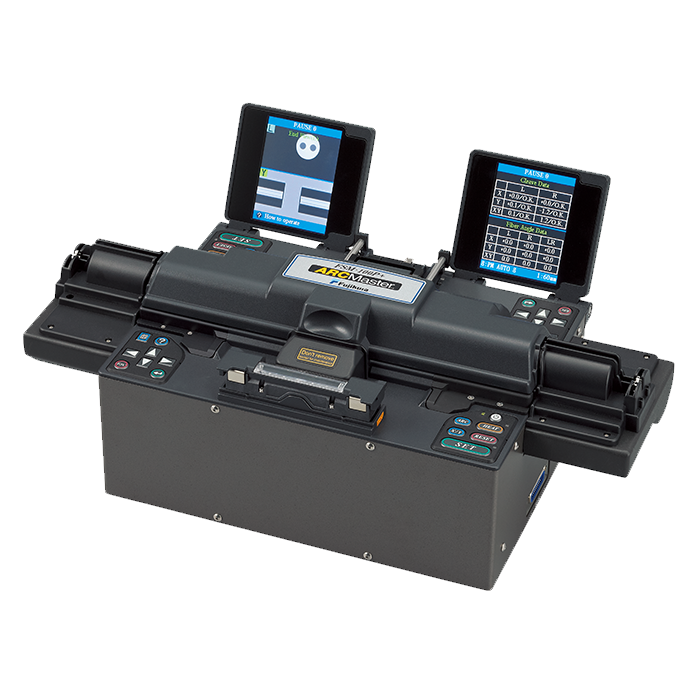 Fusion Splicer
Fusion Splicer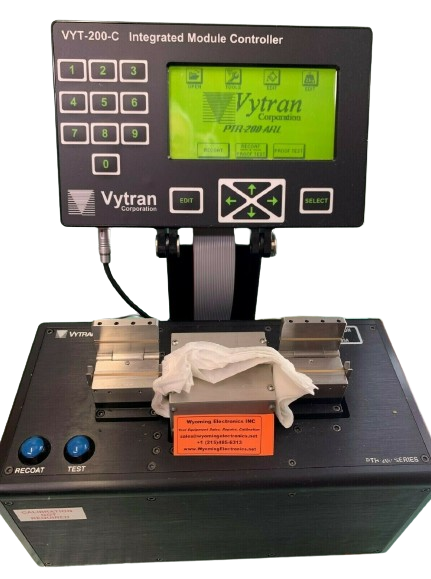 Fiber Recoater
Fiber Recoater Optical Attenuator
Optical Attenuator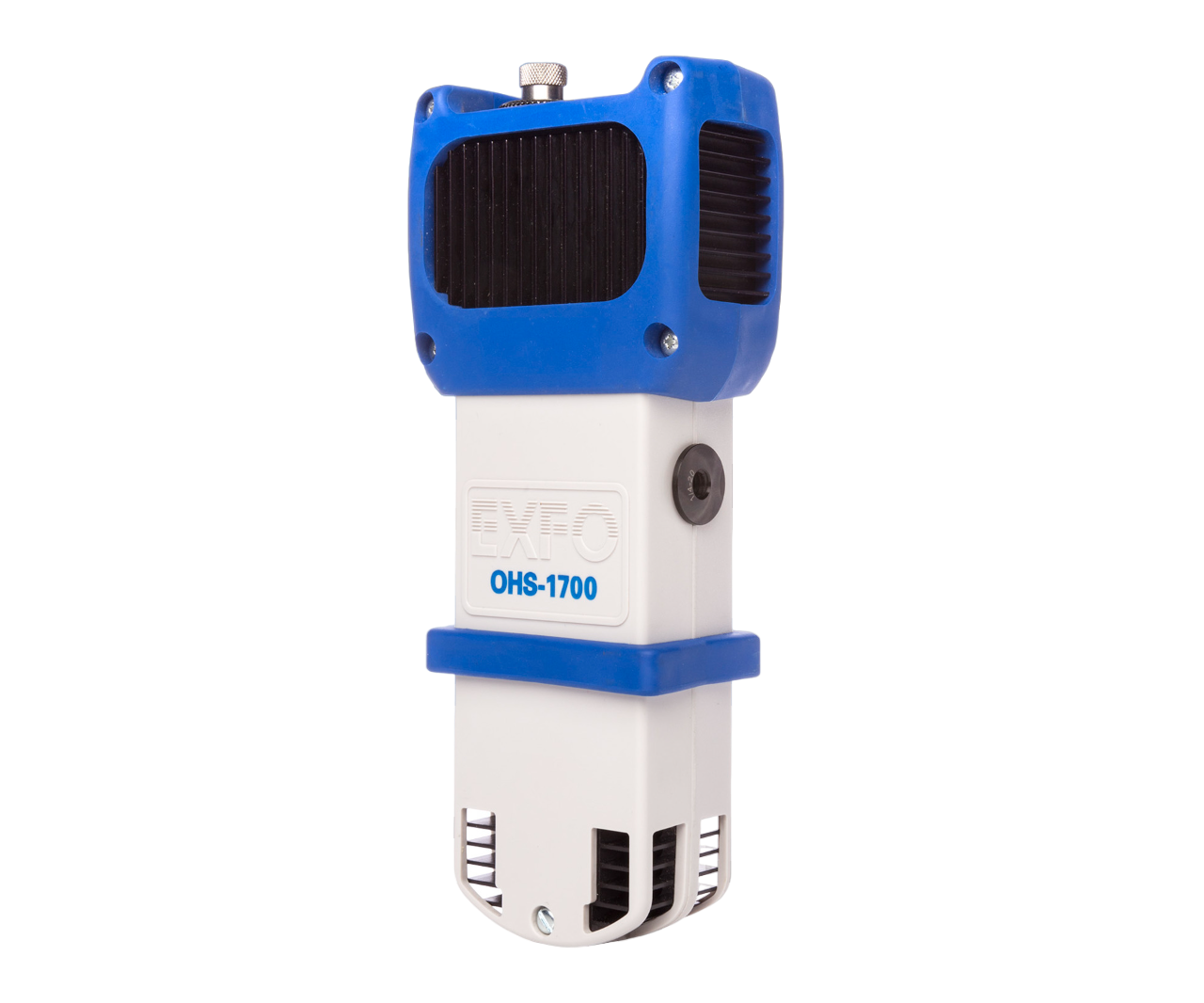 Optical Head
Optical Head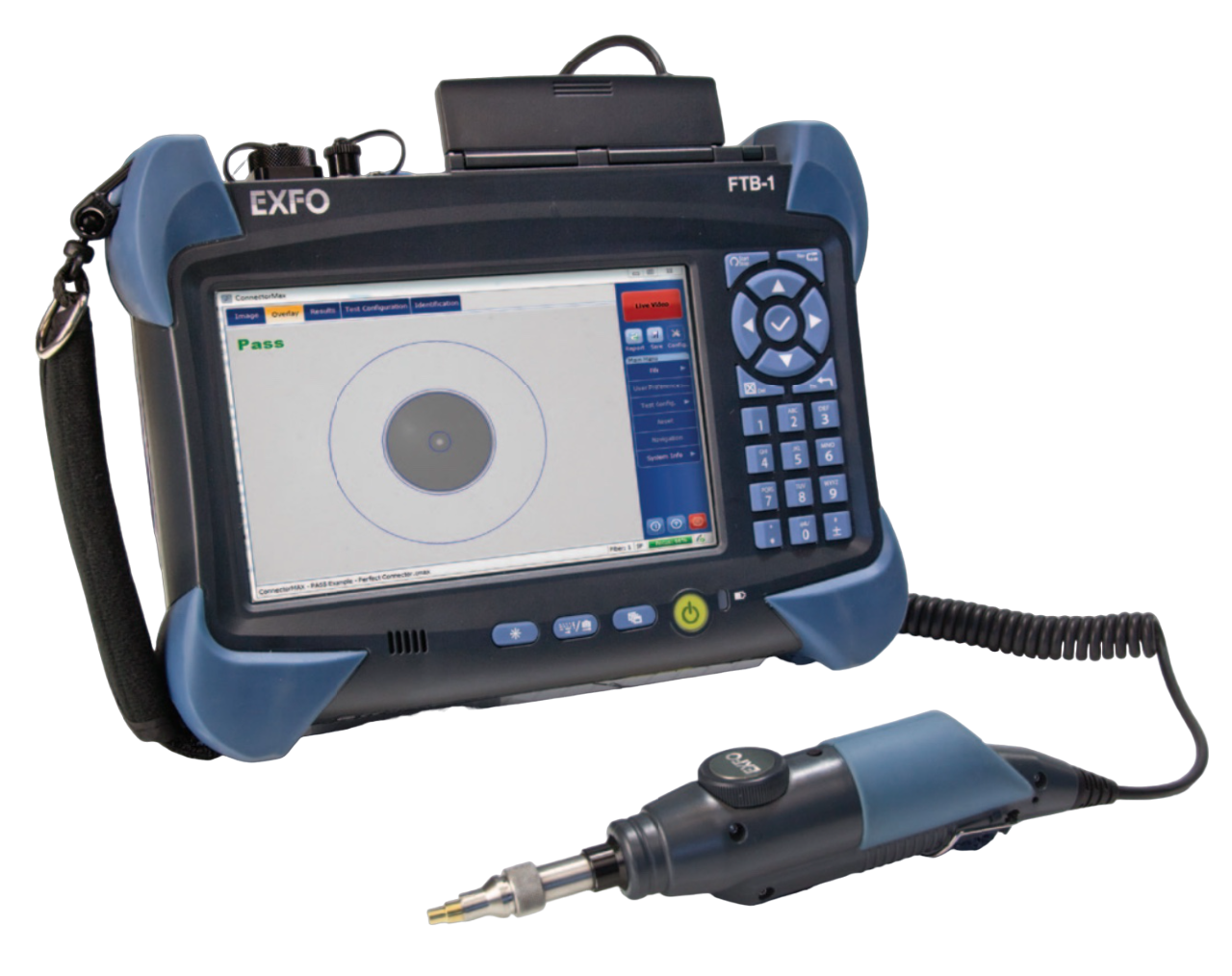 OTDR (Optical Time-Domain Reflectometer)
OTDR (Optical Time-Domain Reflectometer)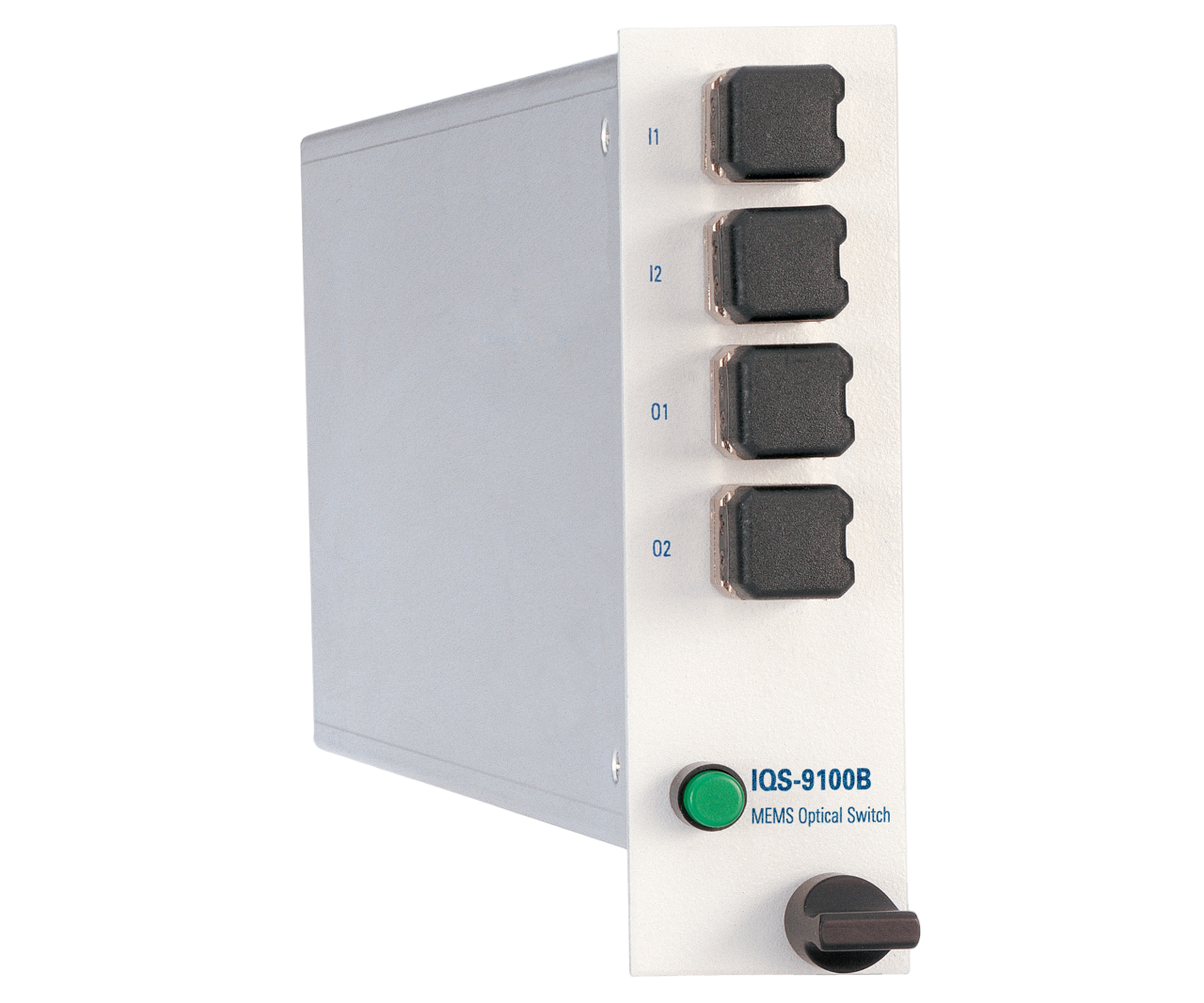 Other Optical Instruments
Other Optical Instruments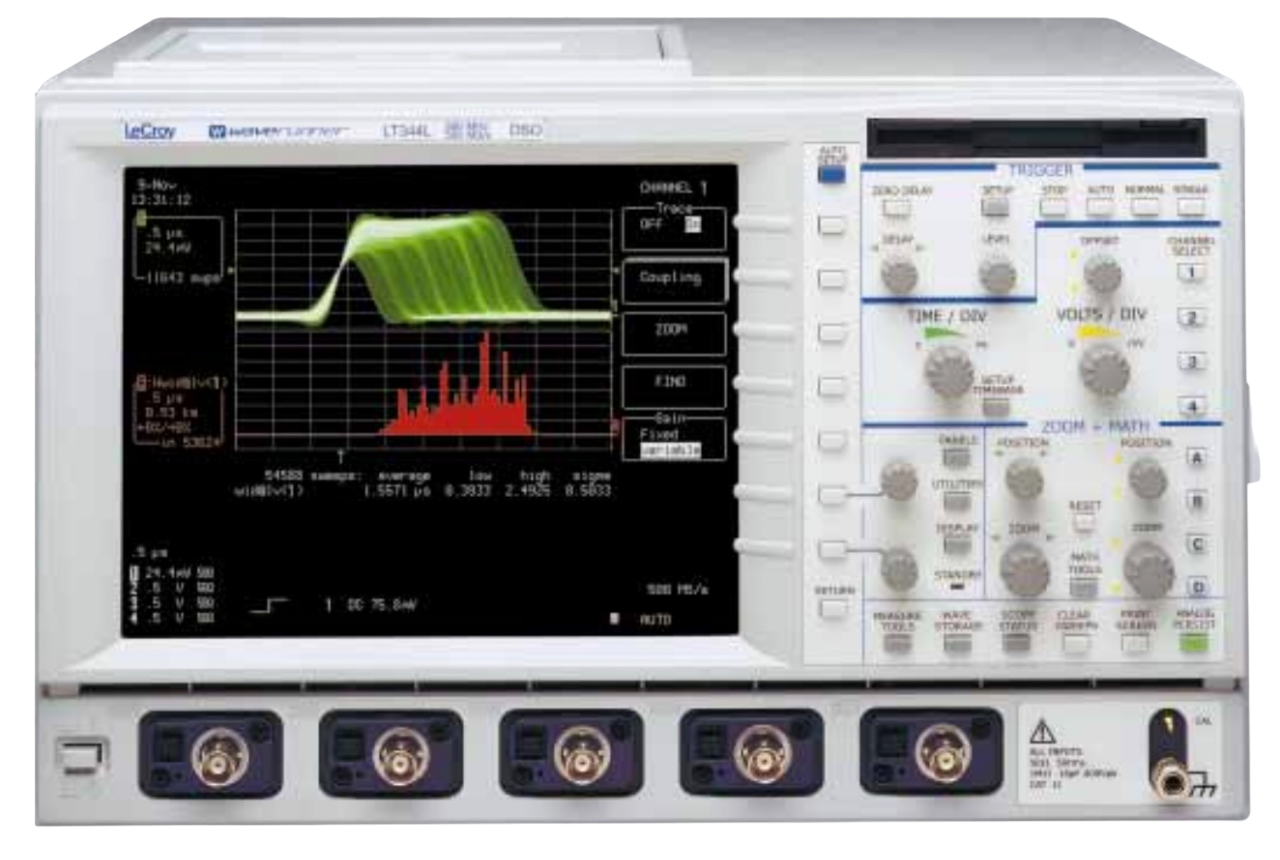 Oscilloscopes
Oscilloscopes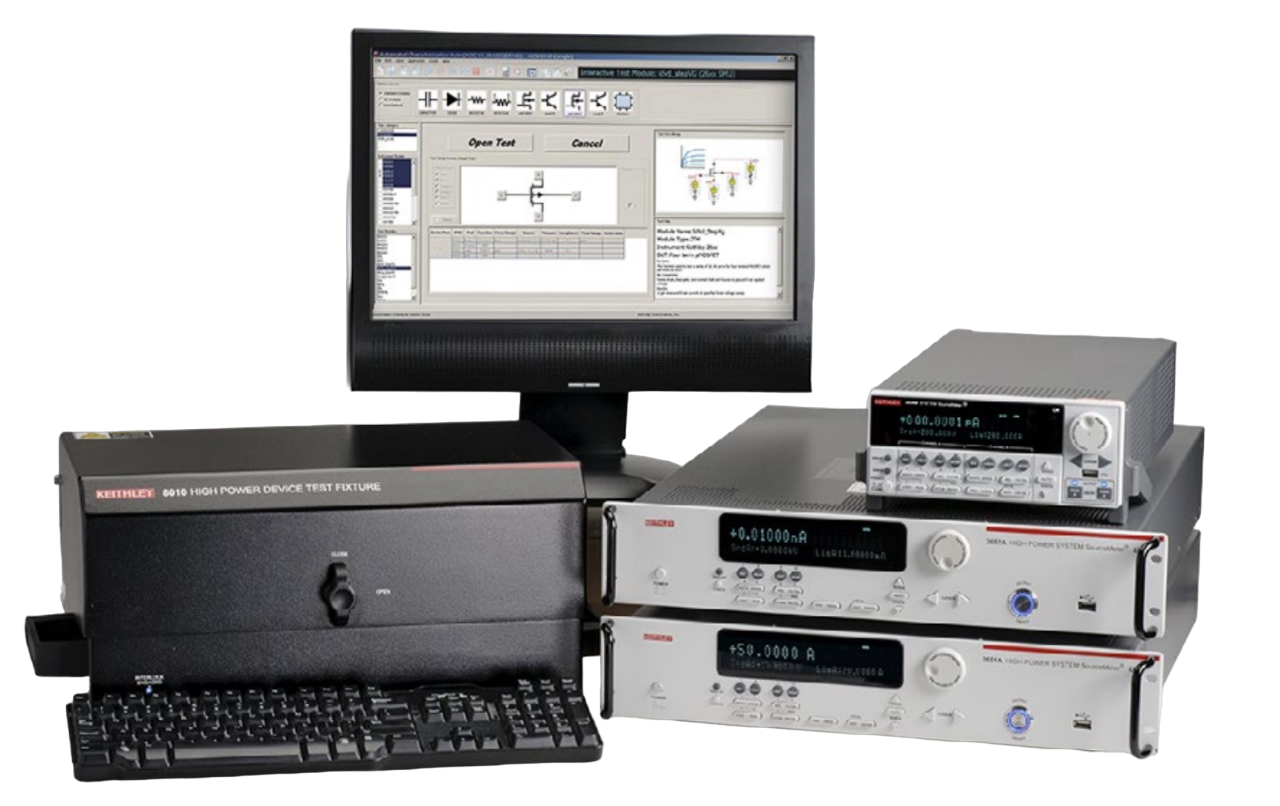 Curve Tracer
Curve Tracer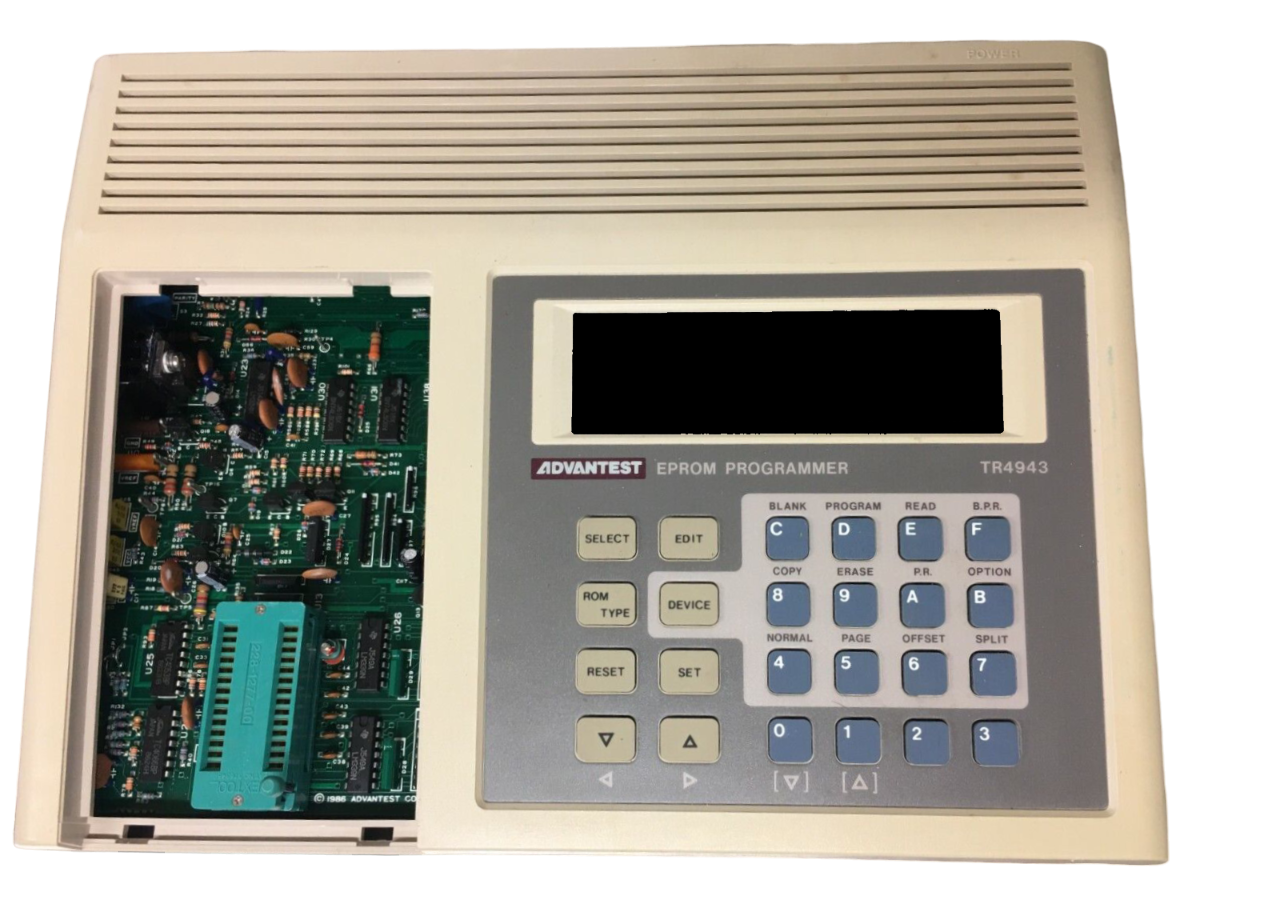 EPROM Programer
EPROM Programer Recorder
Recorder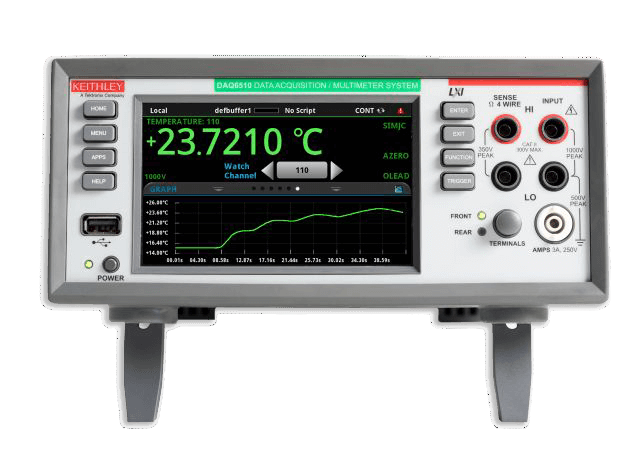 Data Acquisition System
Data Acquisition System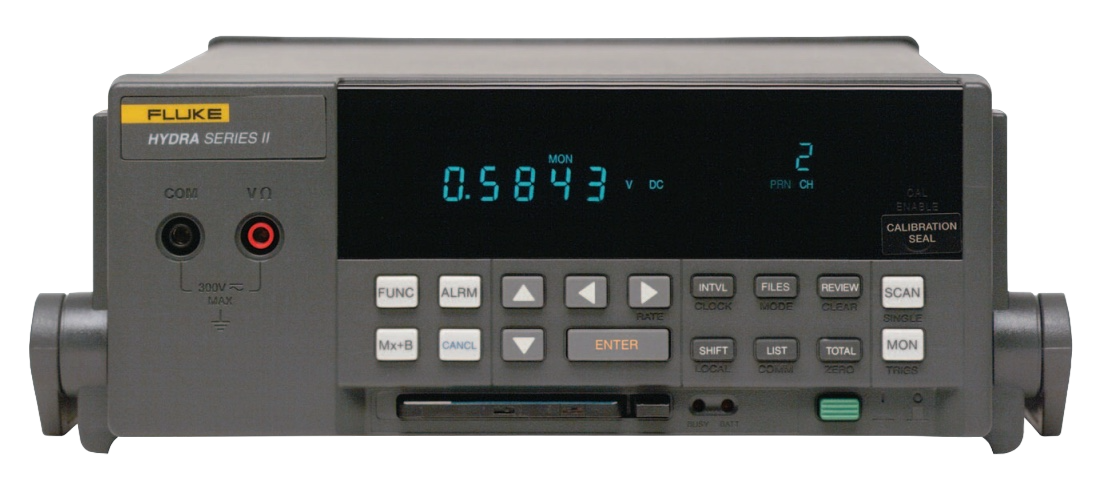 Data Logger
Data Logger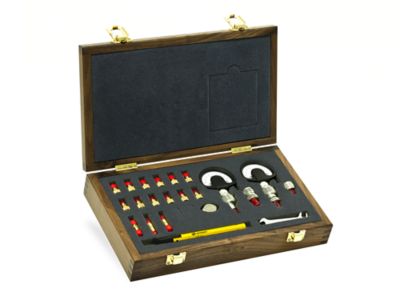 Calibration Kit
Calibration Kit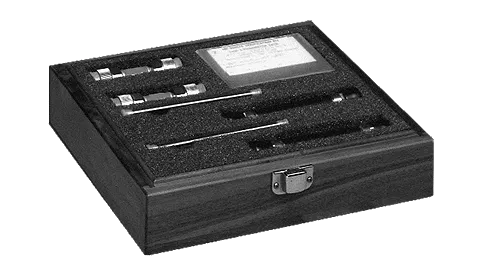 Verification Kit
Verification Kit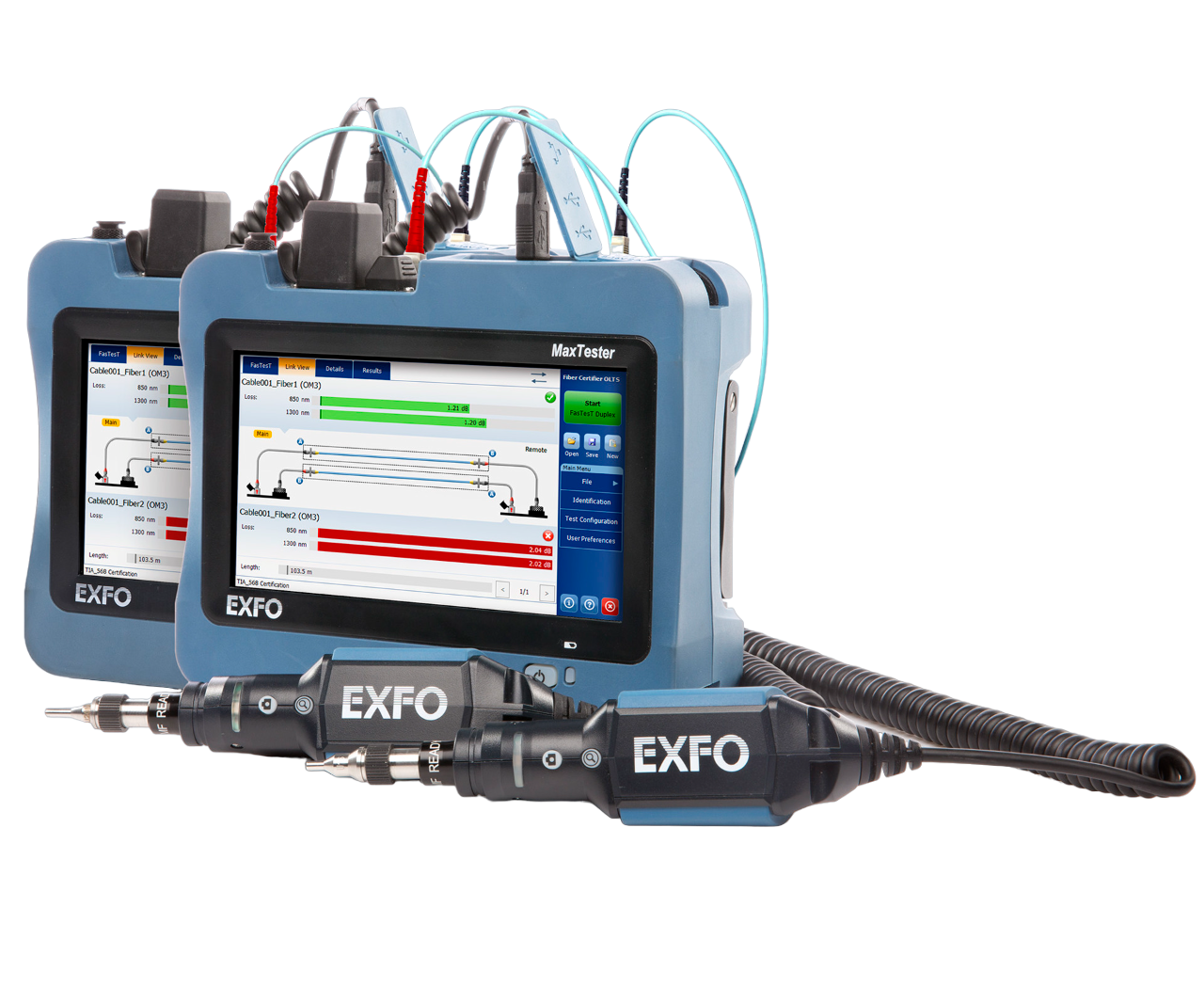 Test Set
Test Set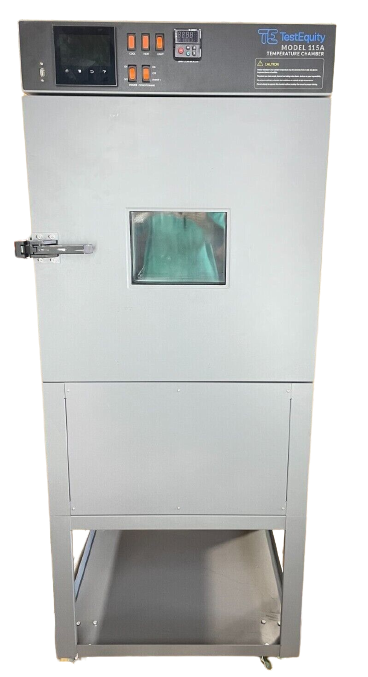 Test Chamber / Ovens
Test Chamber / Ovens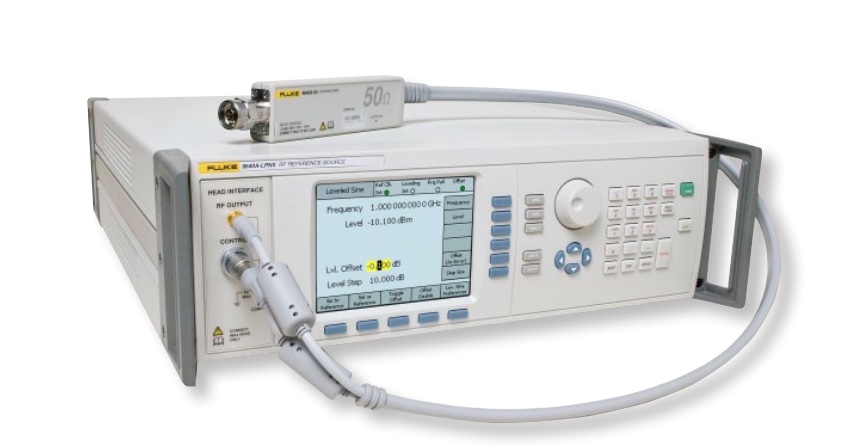 Calibrator
Calibrator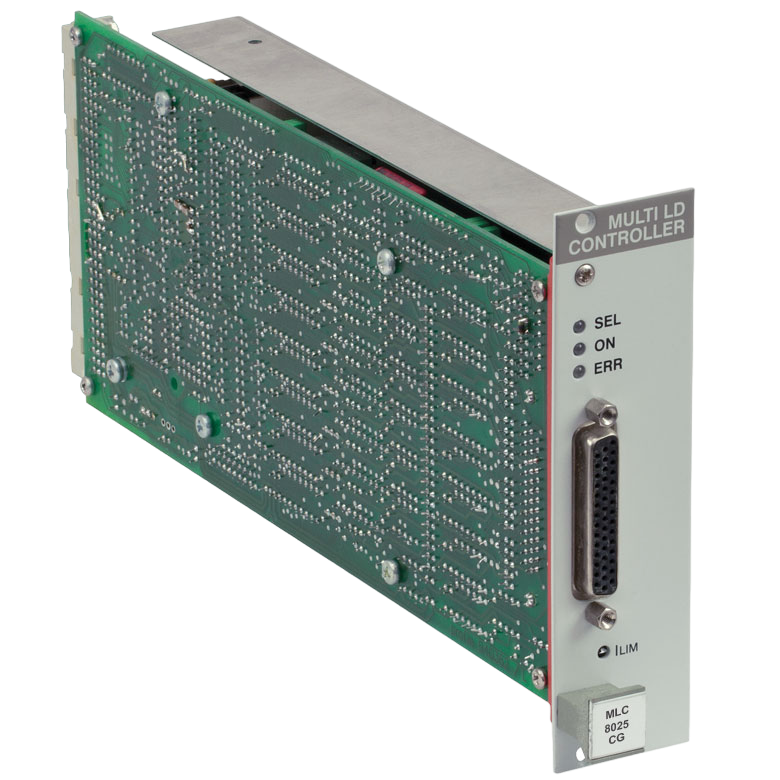 Controller
Controller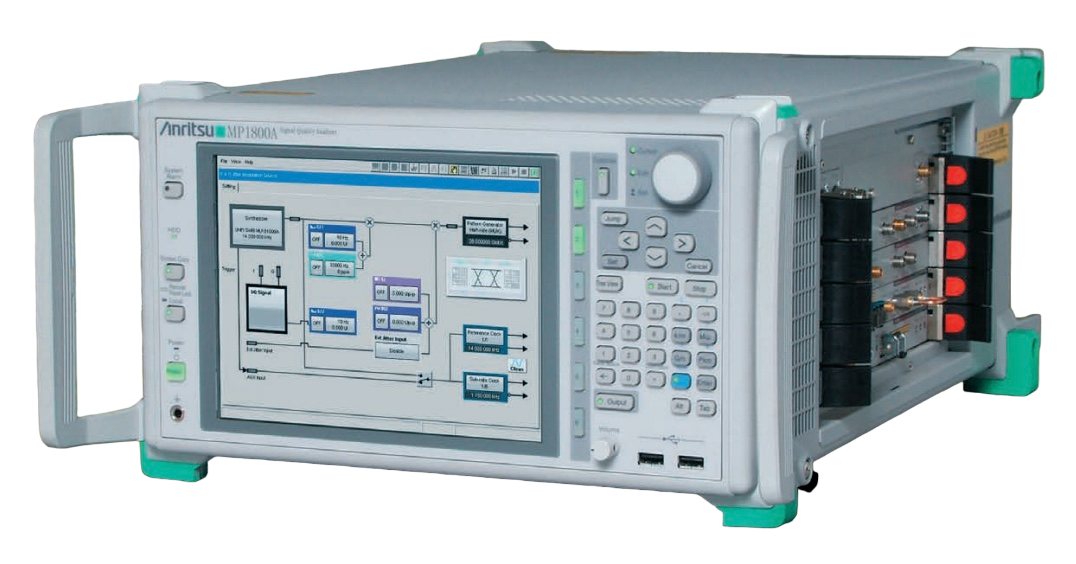 Mainframe
Mainframe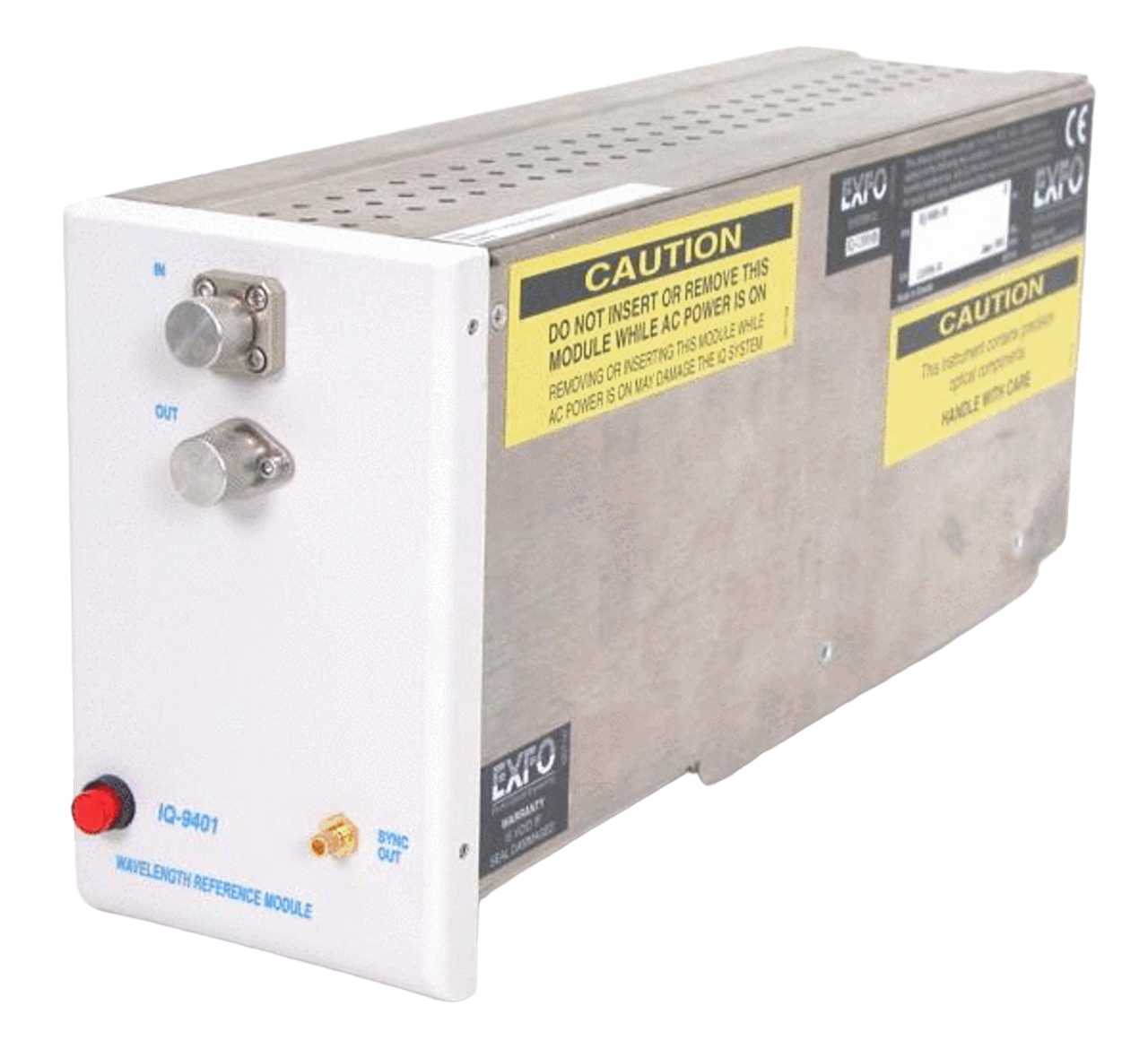 Module
Module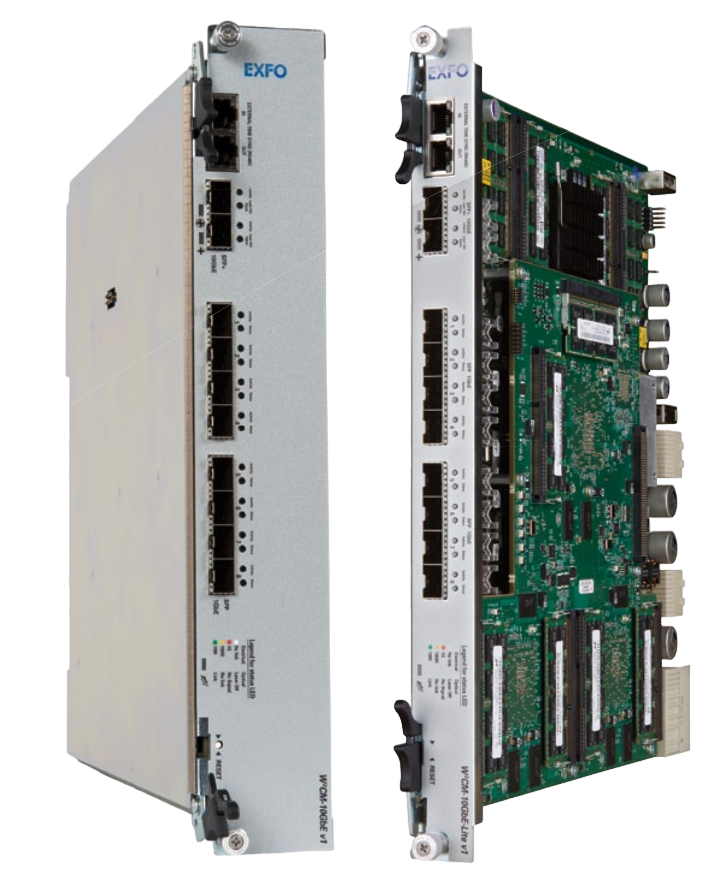 Interfaces(GPIB, Power)
Interfaces(GPIB, Power)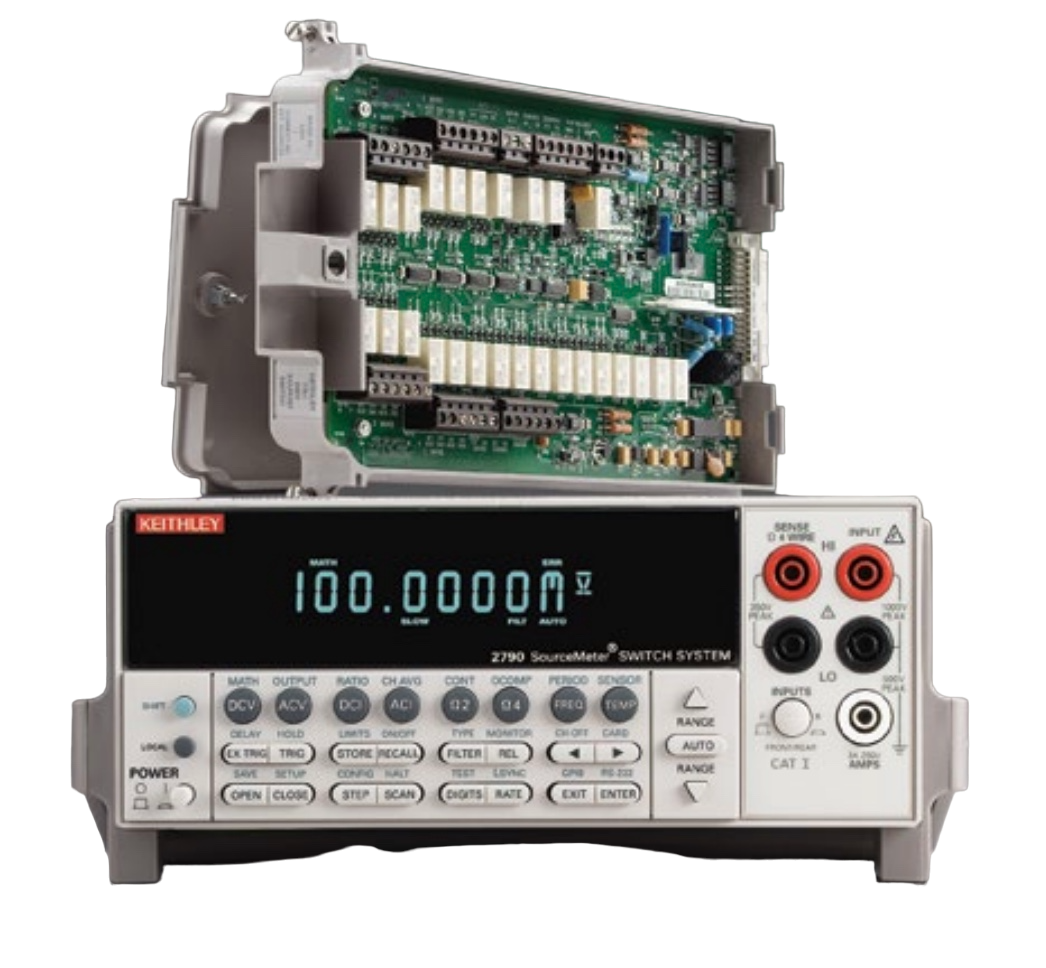 Switch
Switch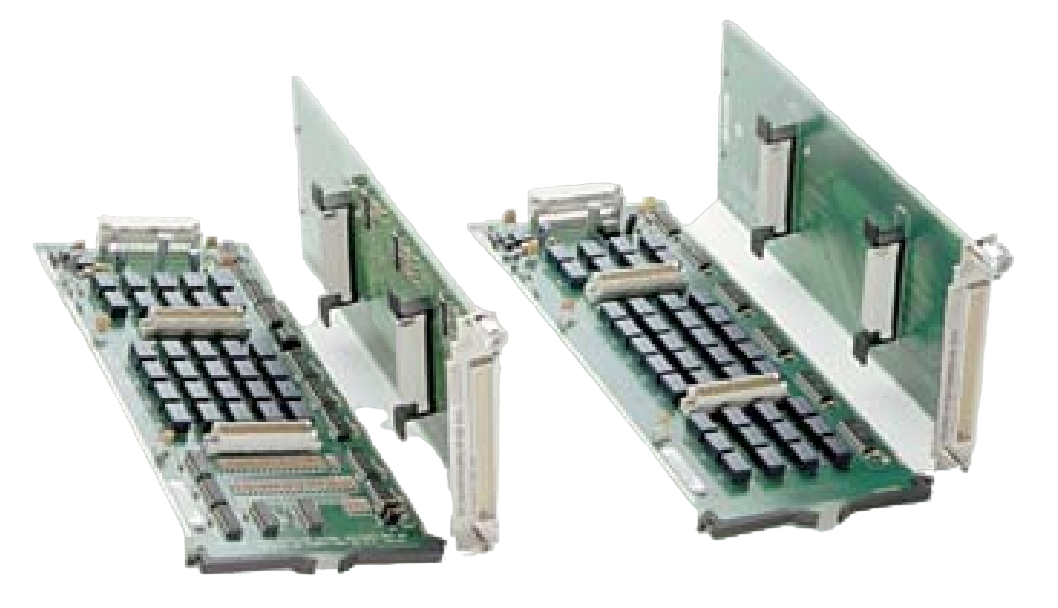 Matrix Cards
Matrix Cards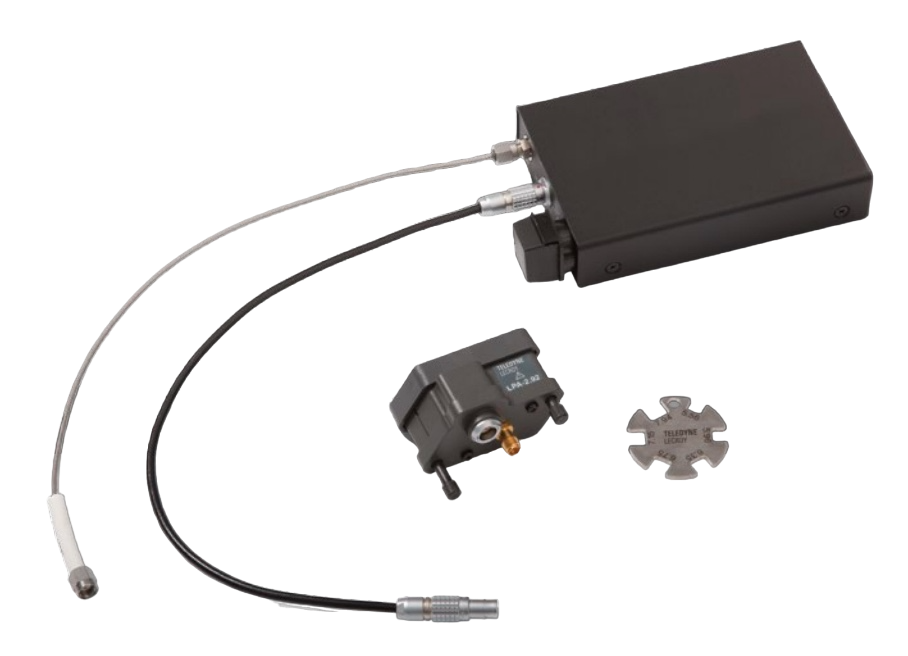 Converter
Converter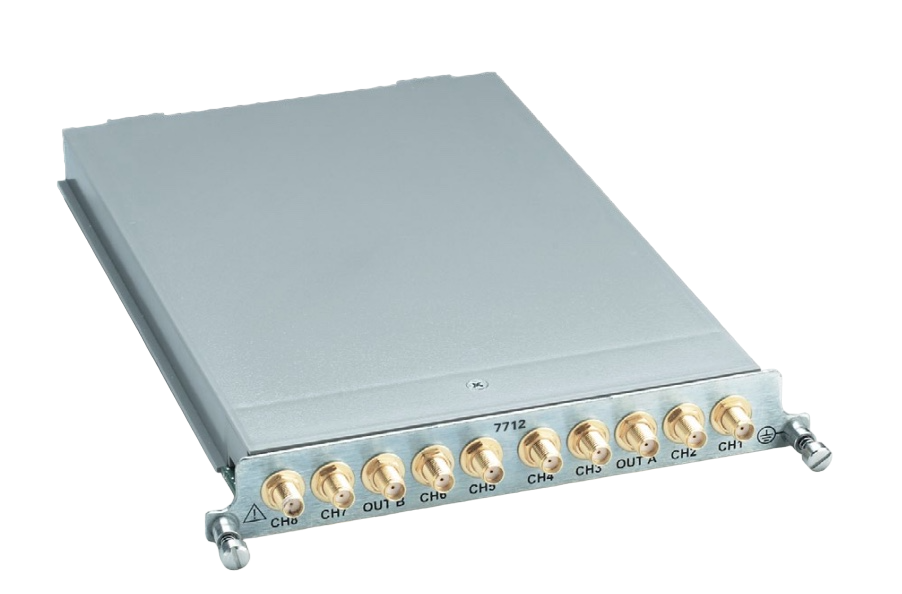 Multiplexer
Multiplexer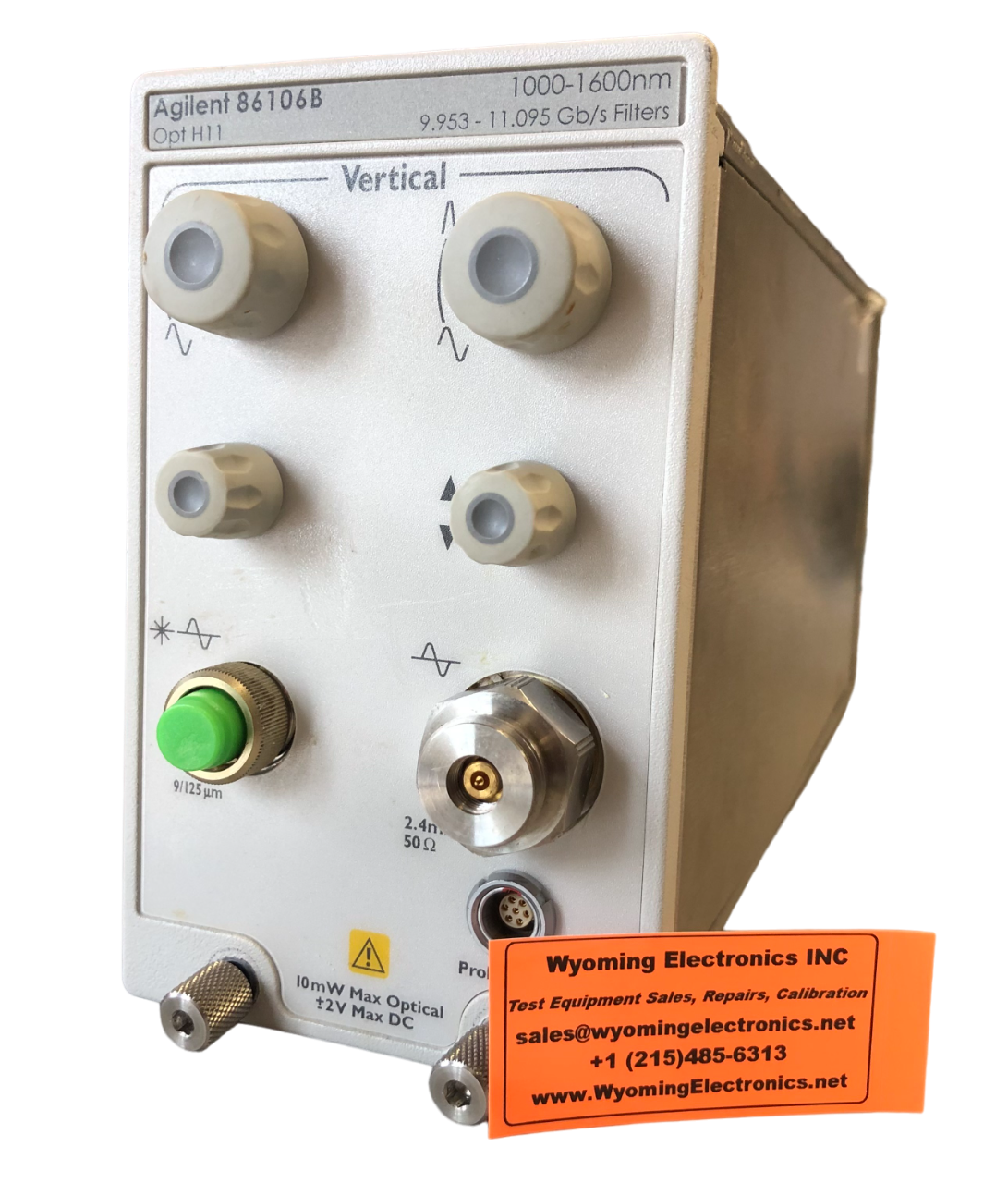 Plug-in
Plug-in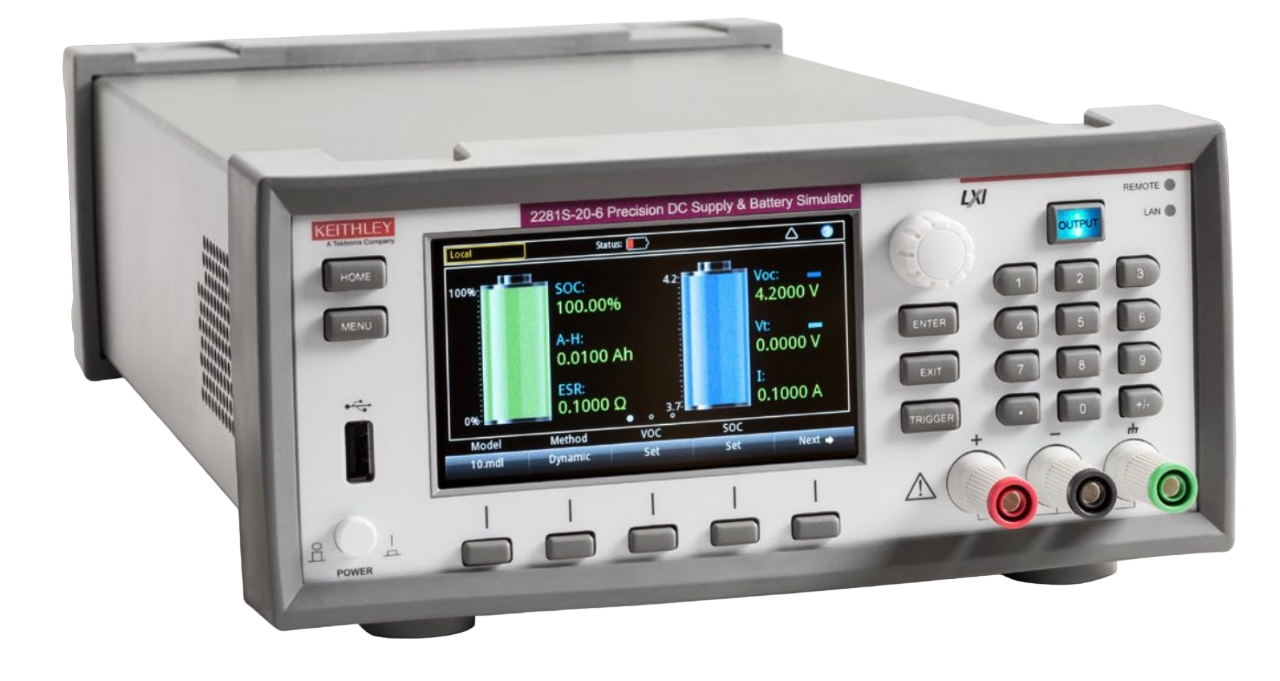 Simulator
Simulator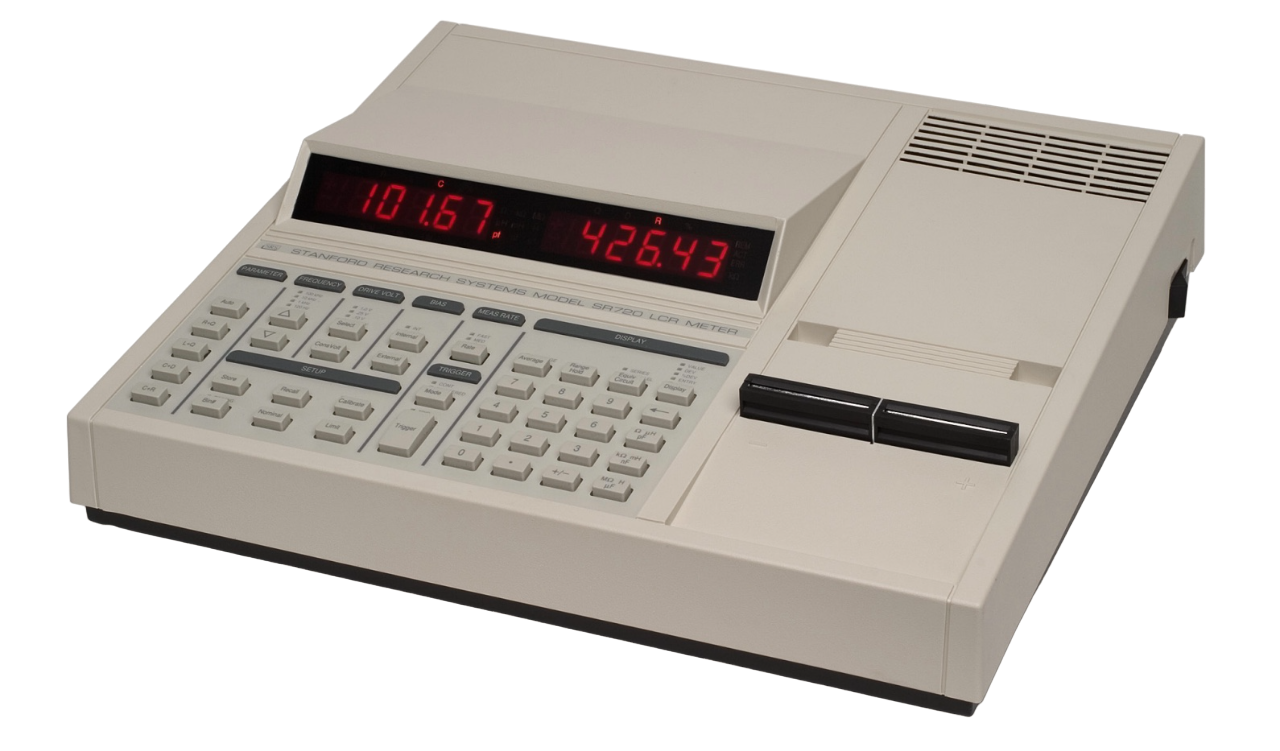 LCR Meters
LCR Meters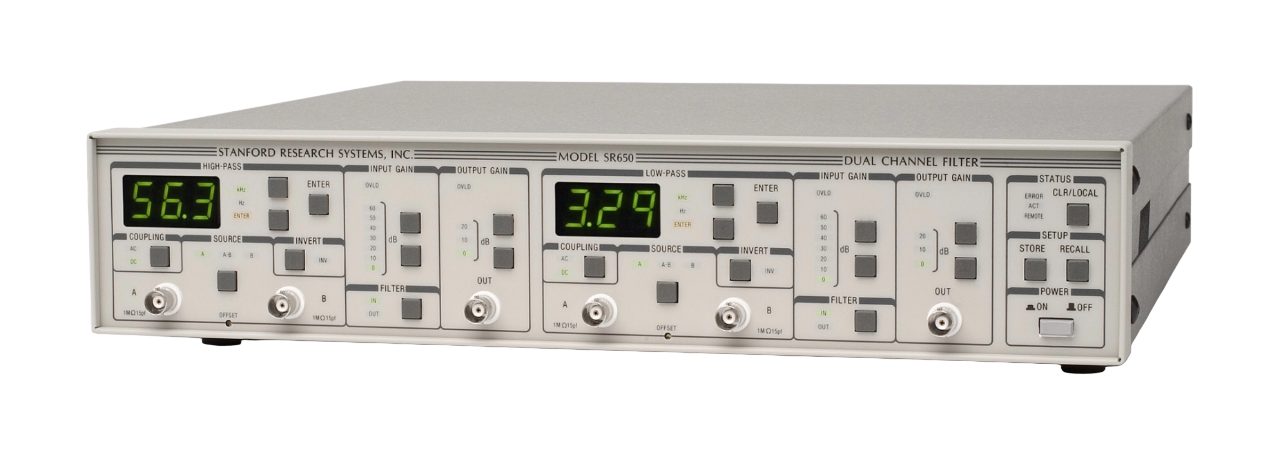 Filters
Filters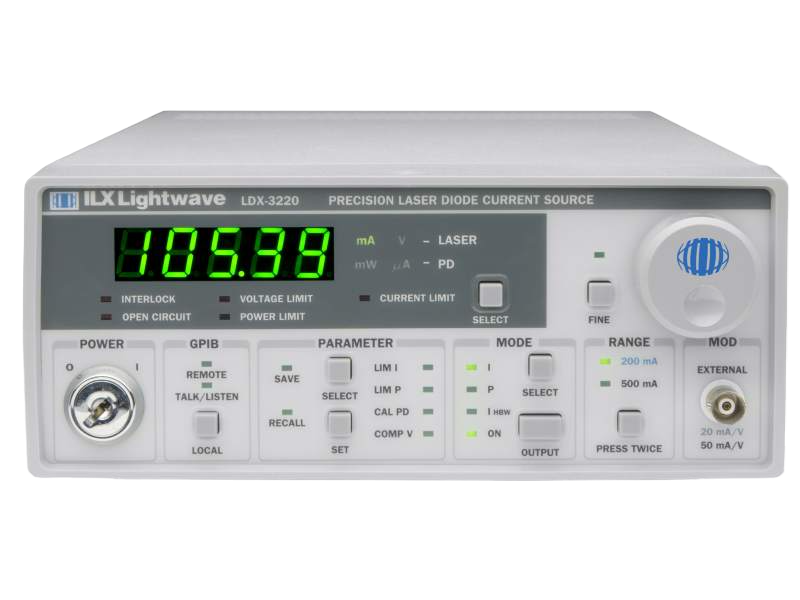 Laser Drivers
Laser Drivers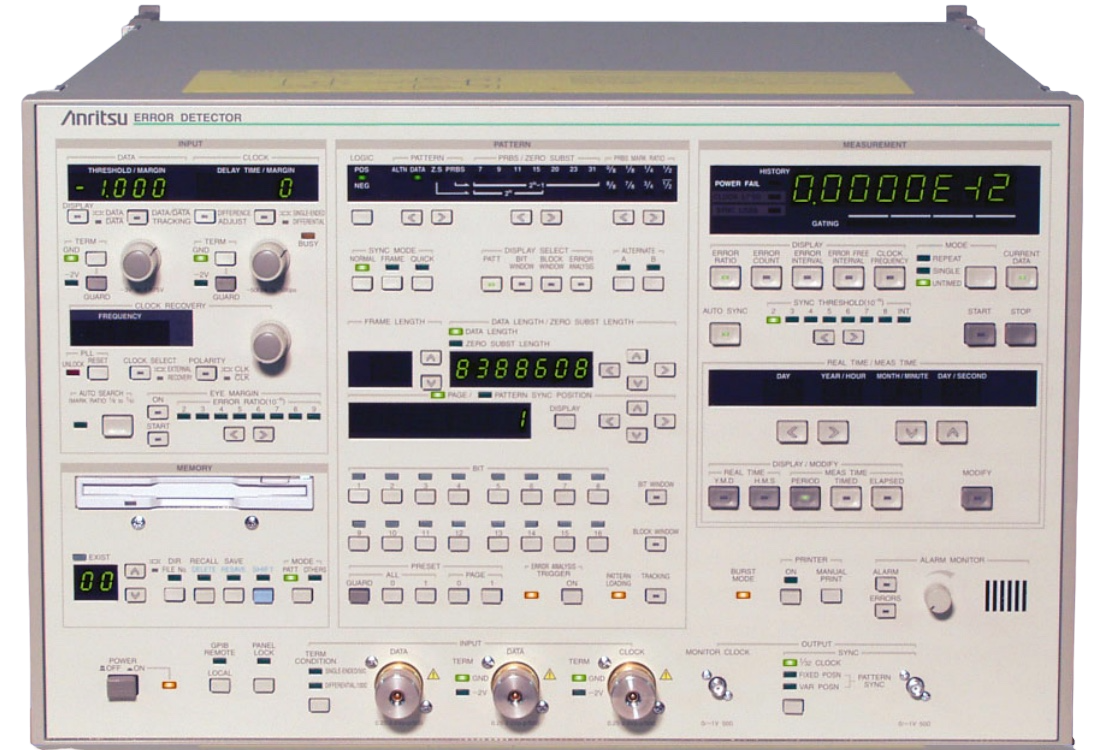 Error Detectors
Error Detectors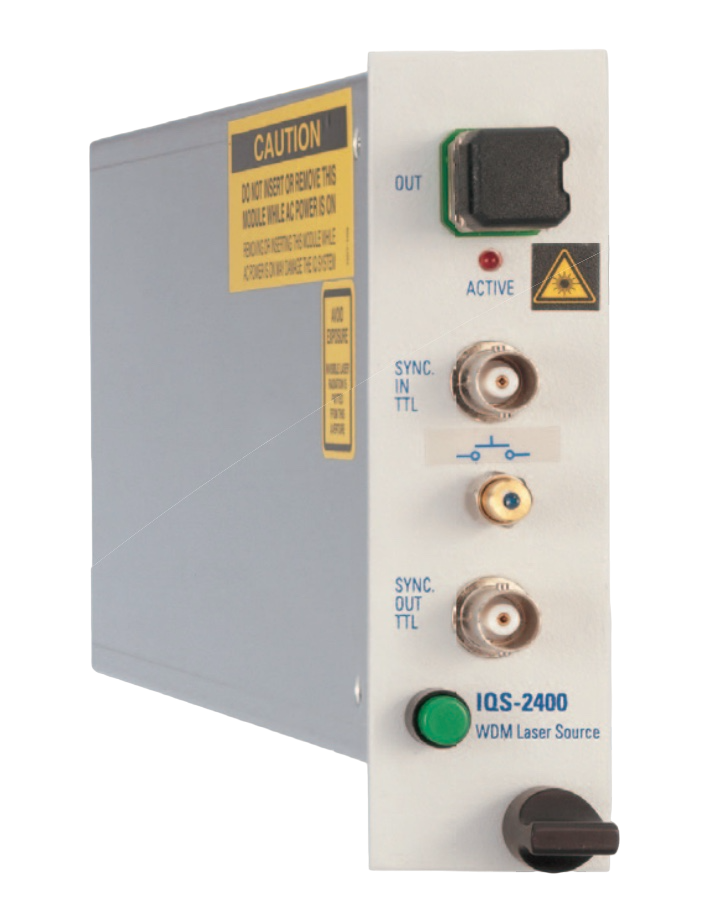 Laser Source
Laser Source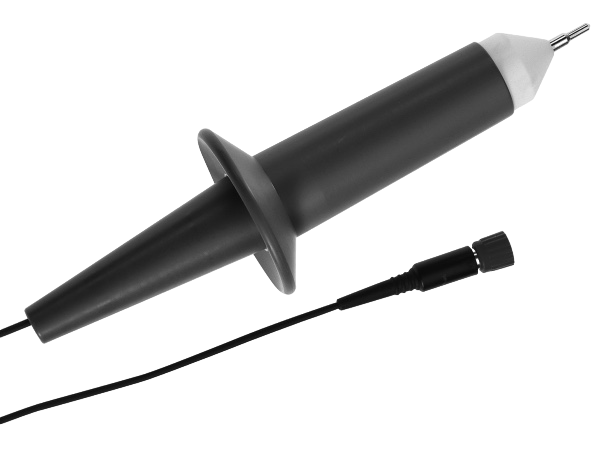 Probe
Probe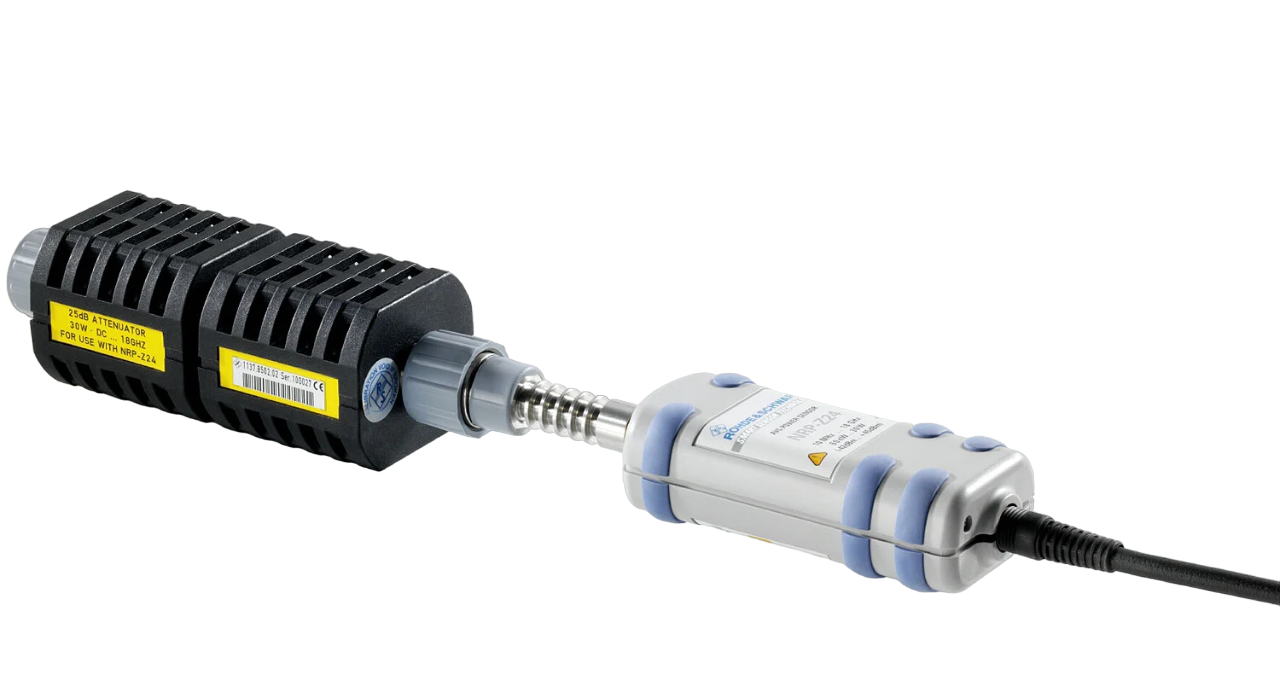 Power Sensor
Power Sensor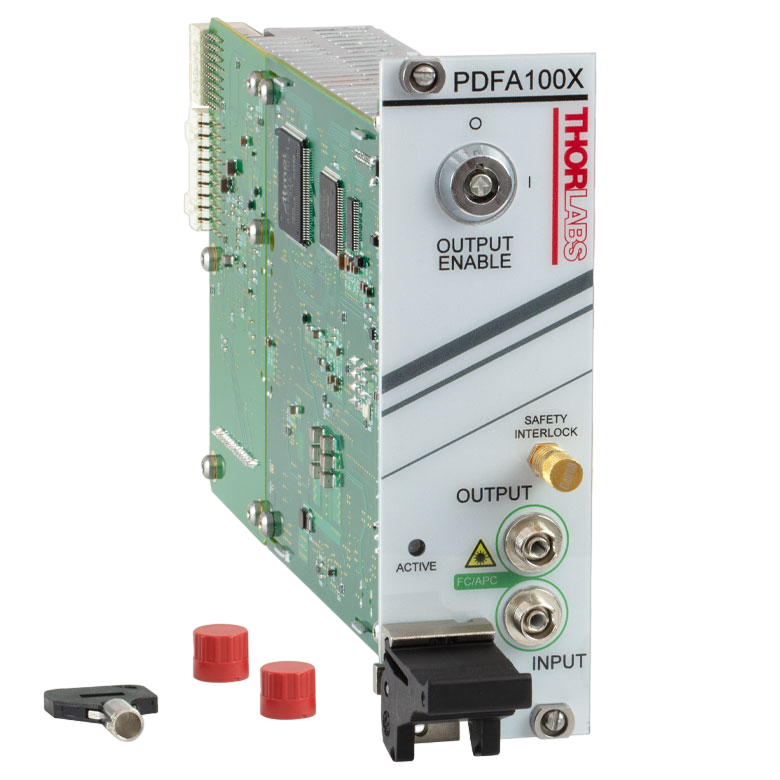 Amplifier
Amplifier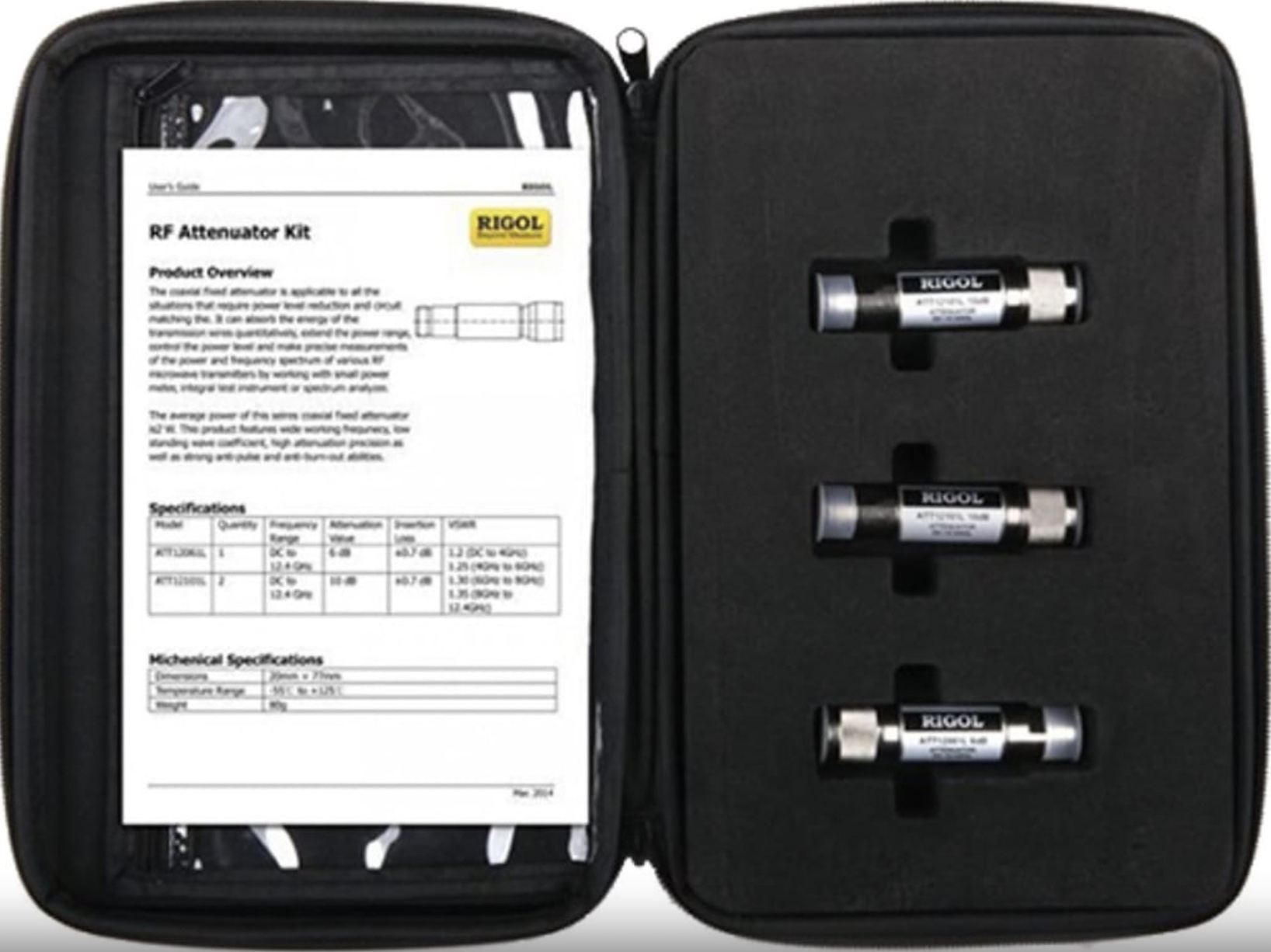 Attenuator
Attenuator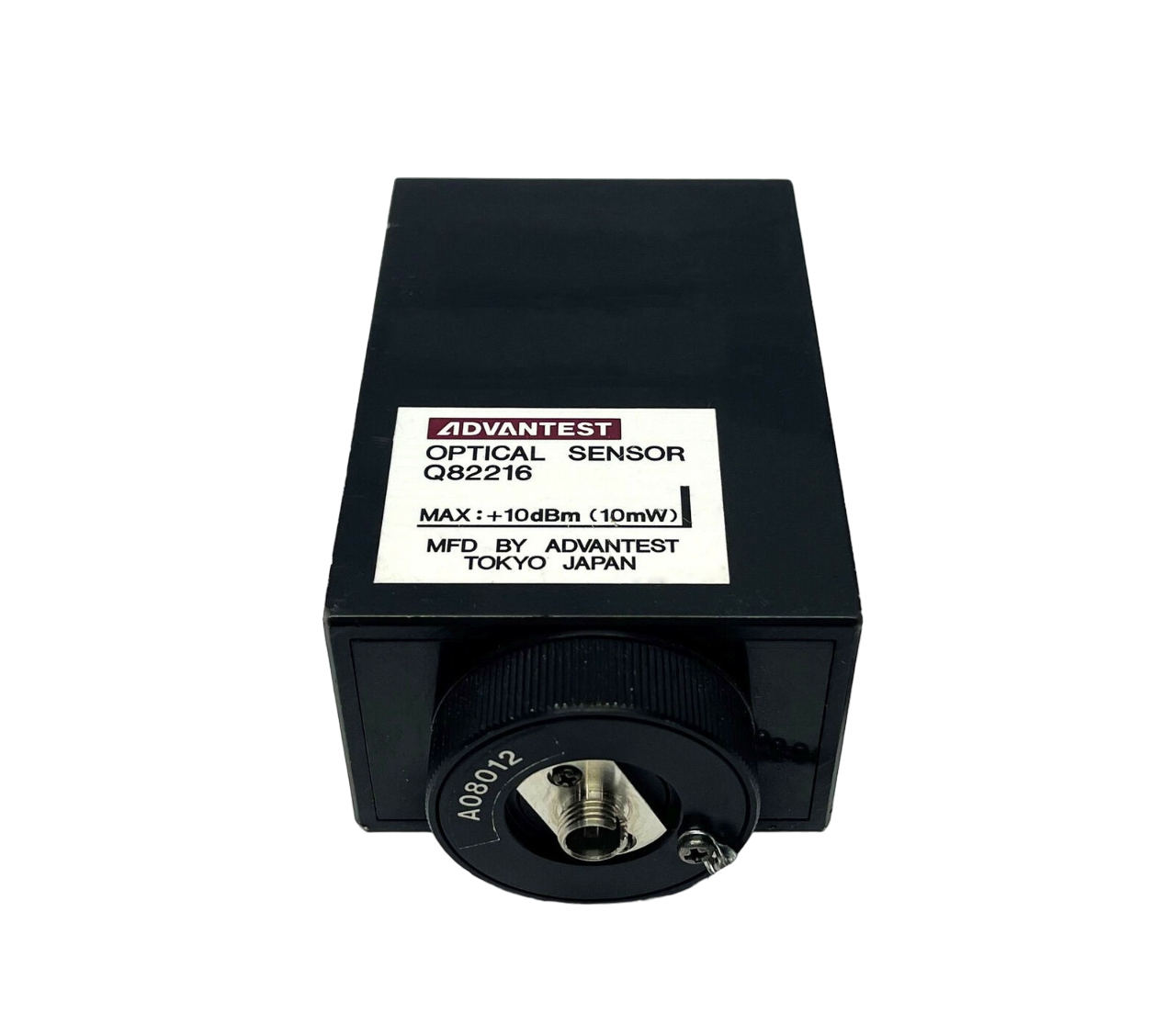 Optical Sensor
Optical Sensor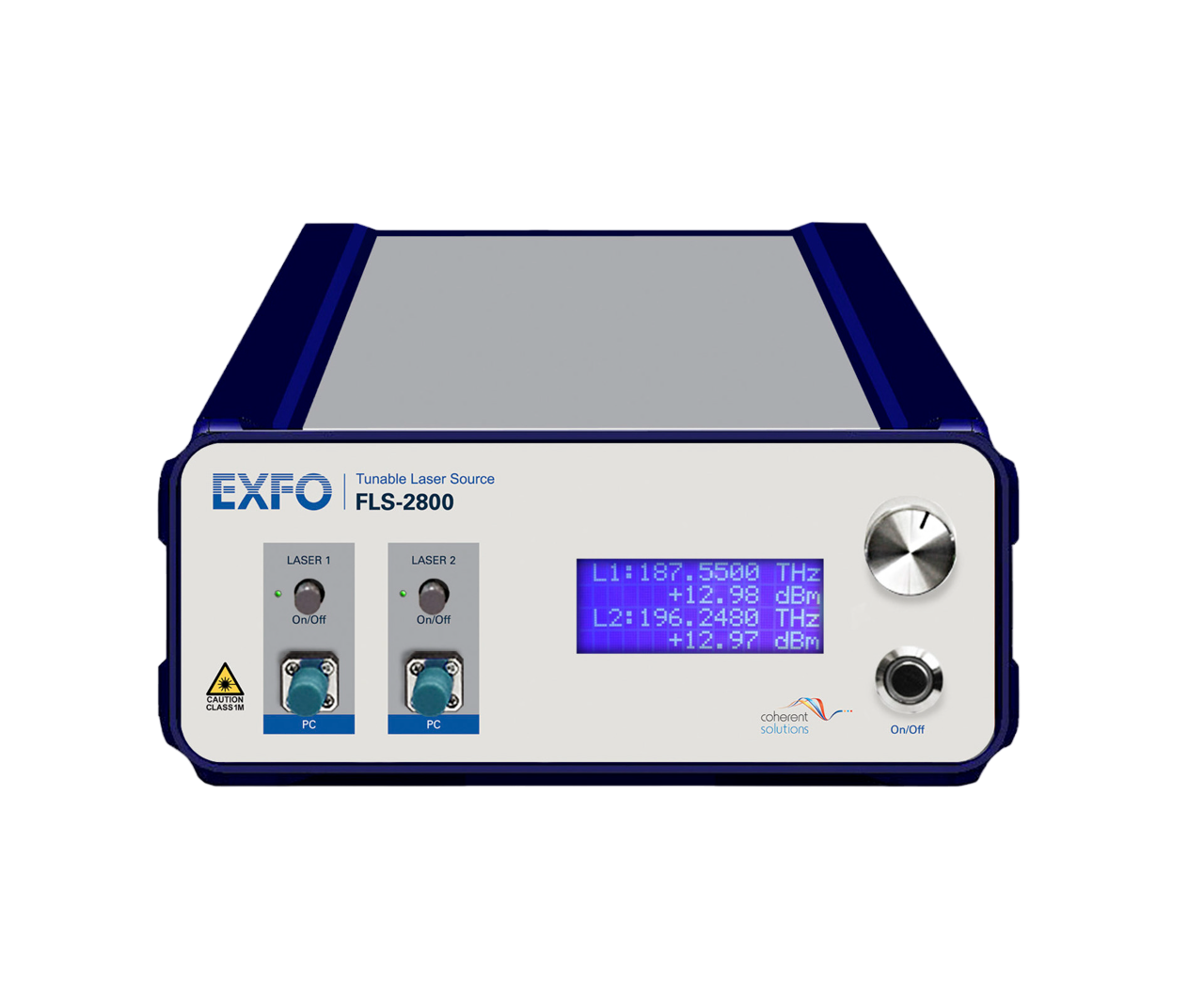 Light/LED Source
Light/LED Source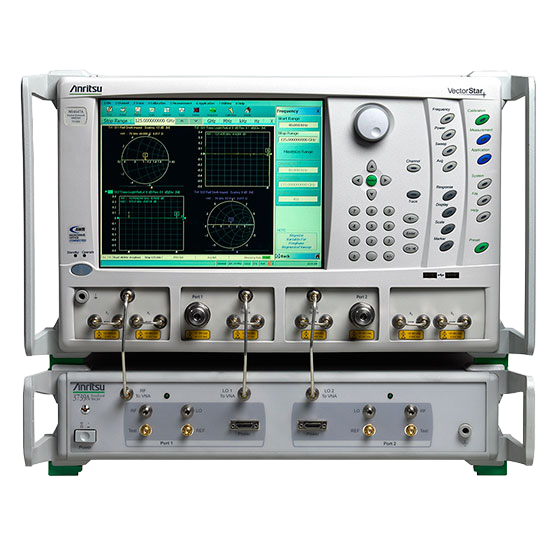 Broadband / Noise Source
Broadband / Noise Source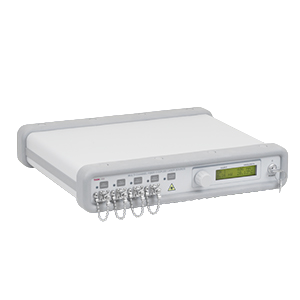 Optical / Fiber Source
Optical / Fiber Source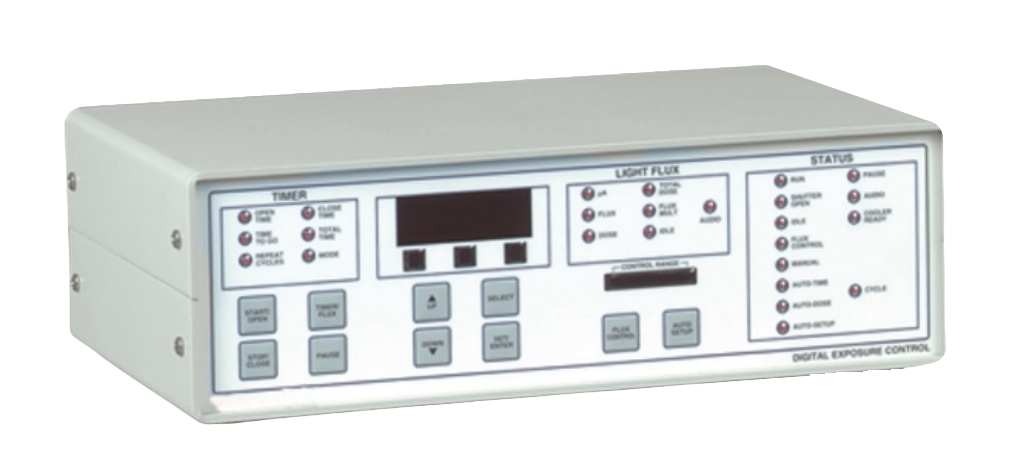 Power Supply
Power Supply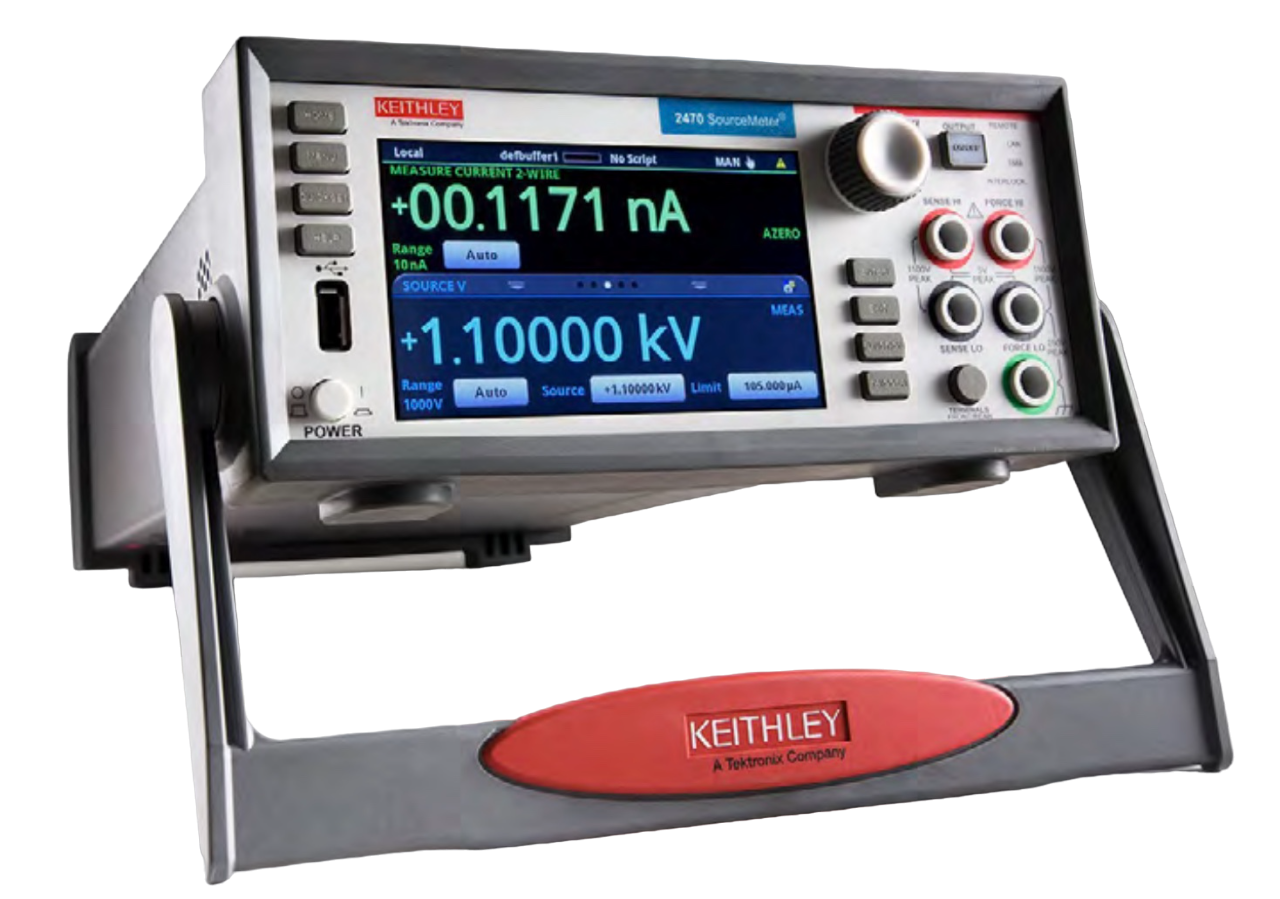 Voltage Source
Voltage Source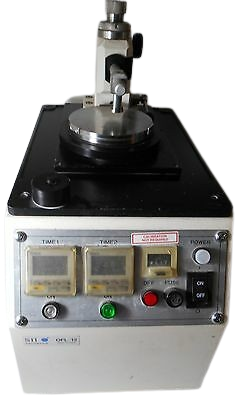 Polisher
Polisher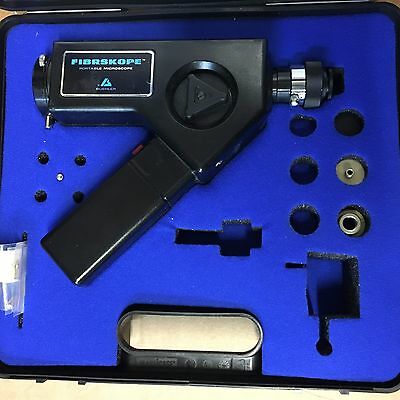 Microscope
Microscope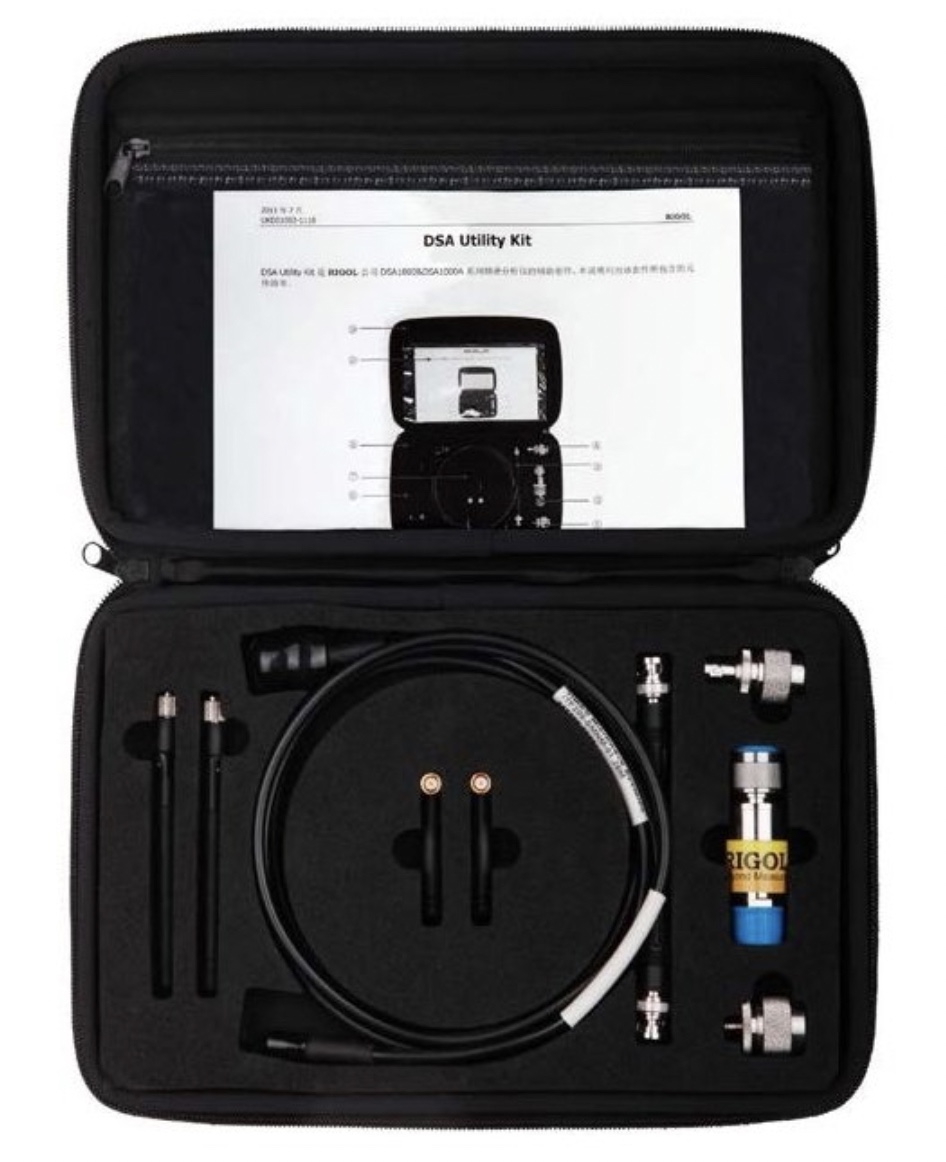 Adapter
Adapter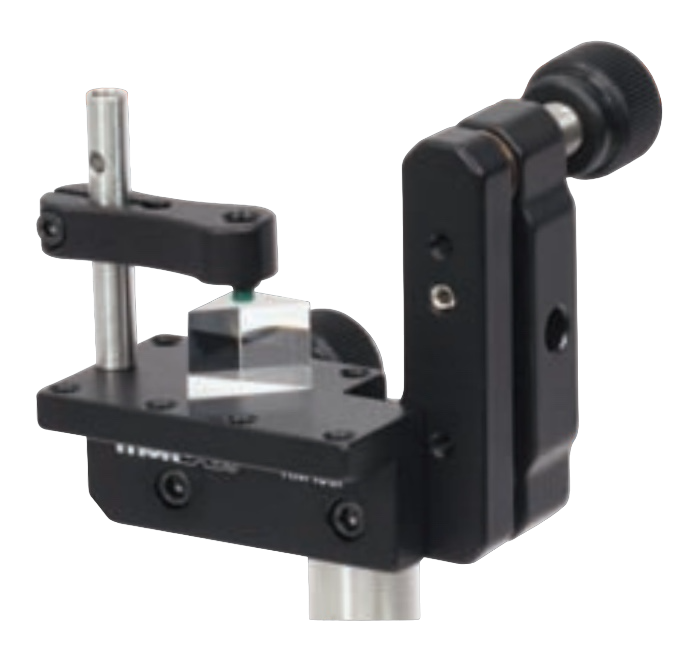 Platforms/Mounts
Platforms/Mounts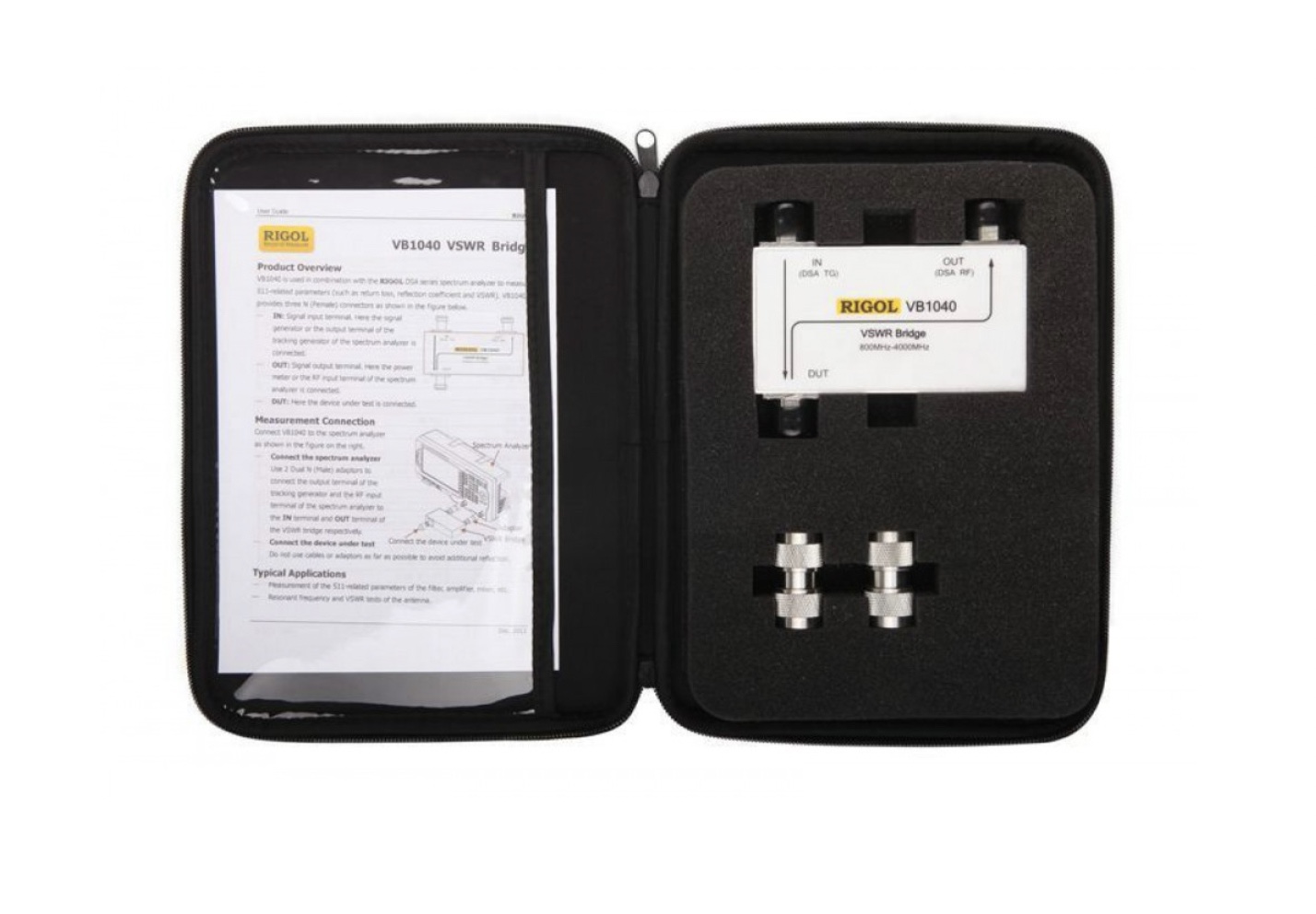 Bridges
Bridges Connectors & Accessories
Connectors & Accessories